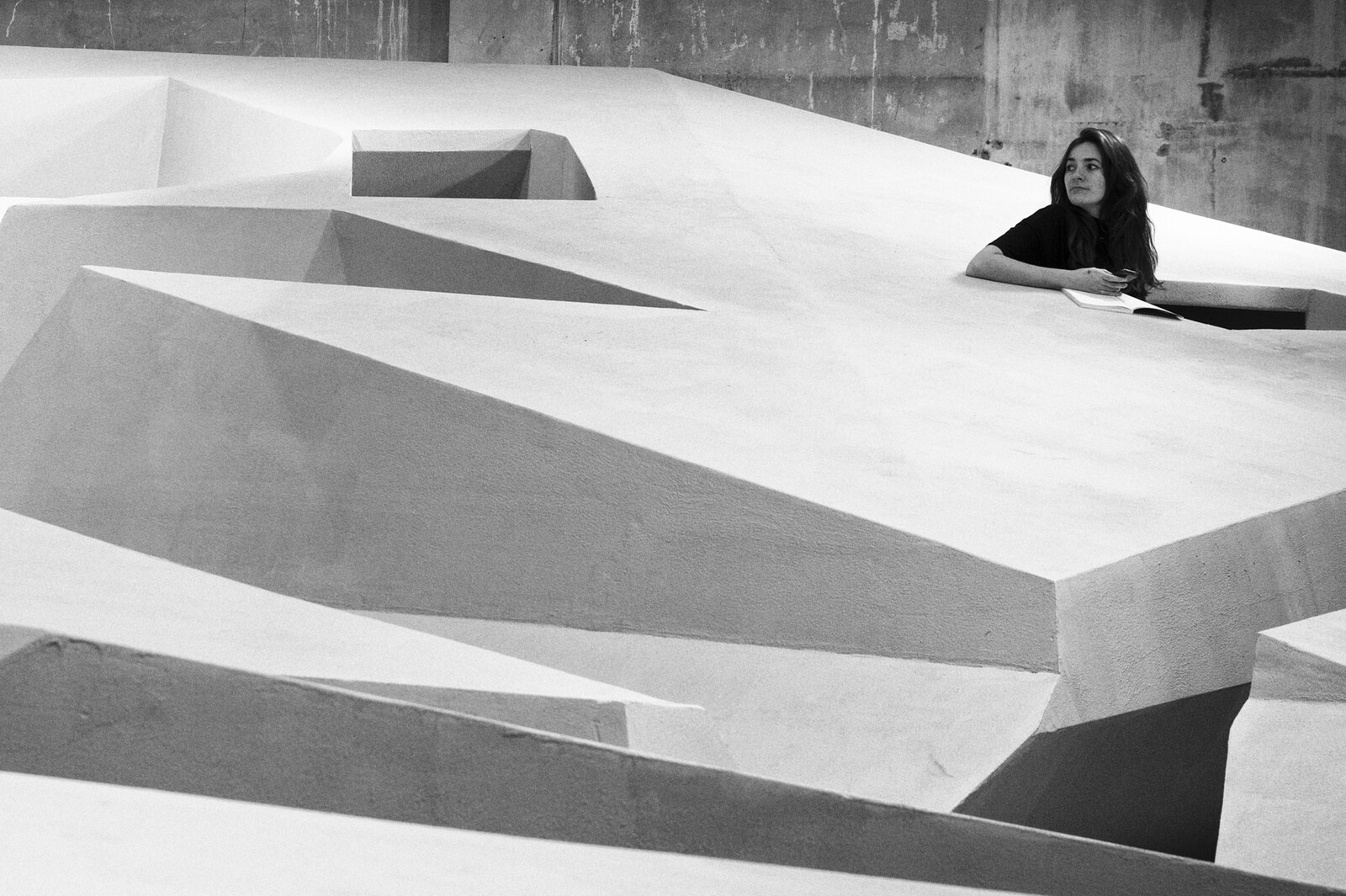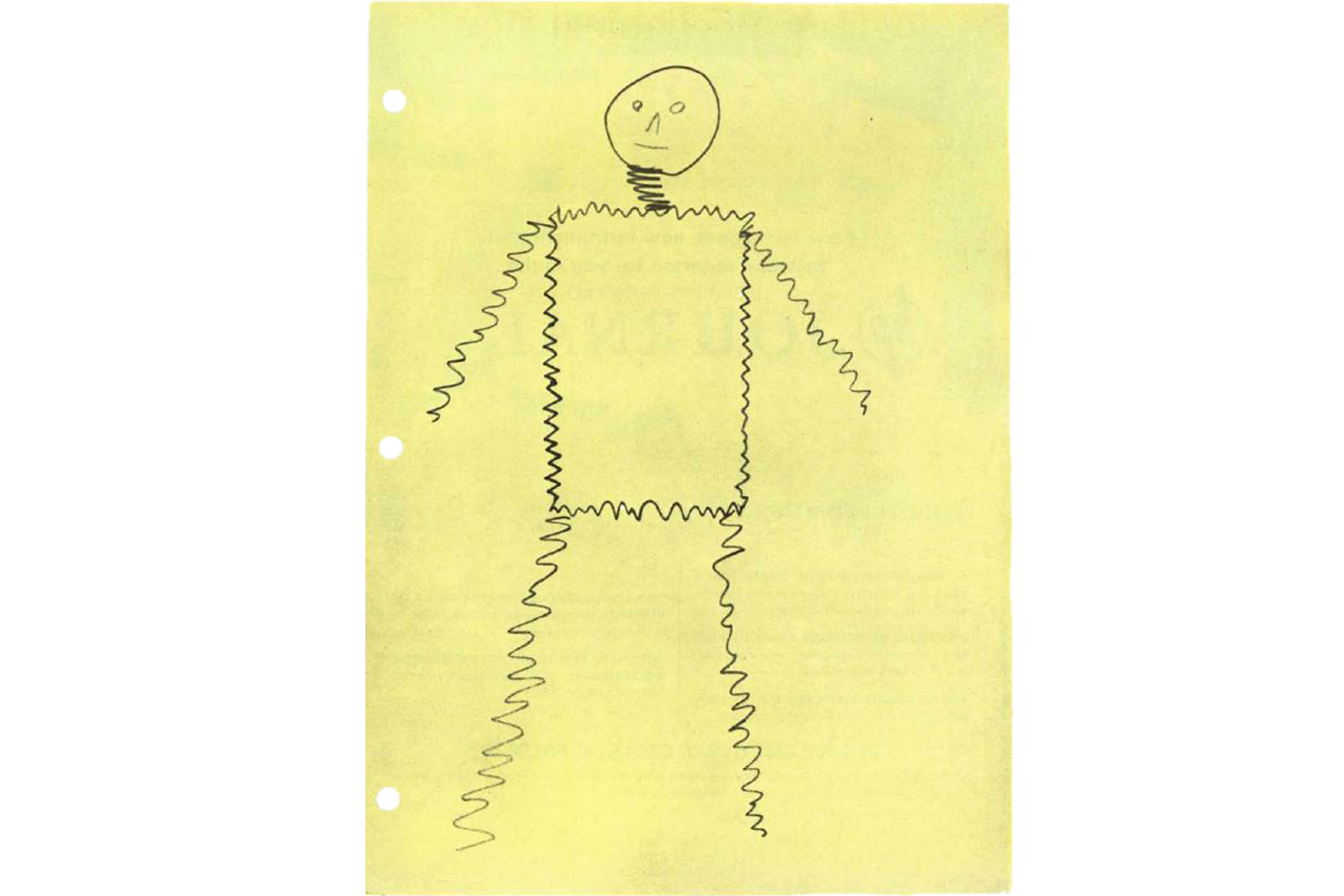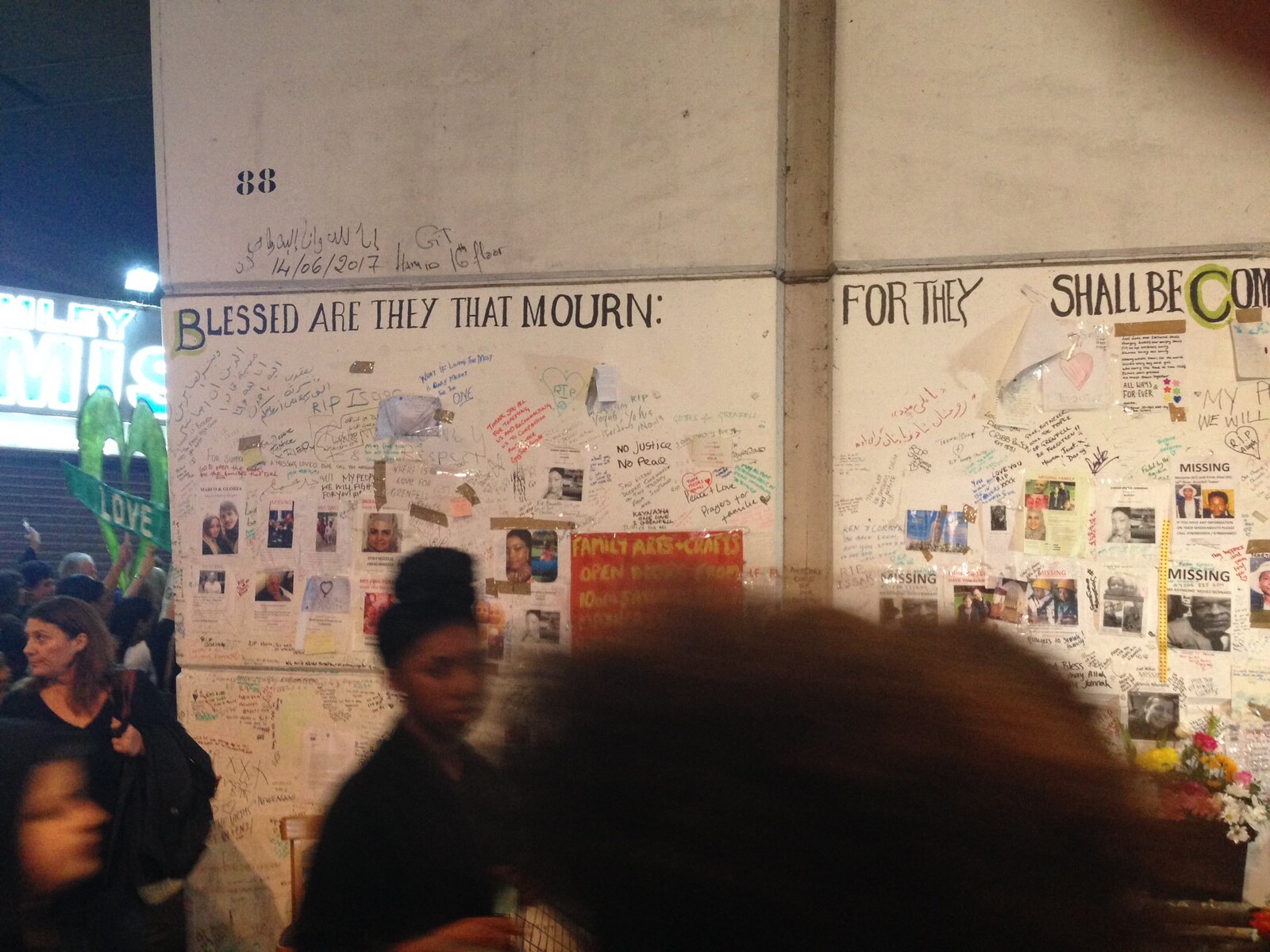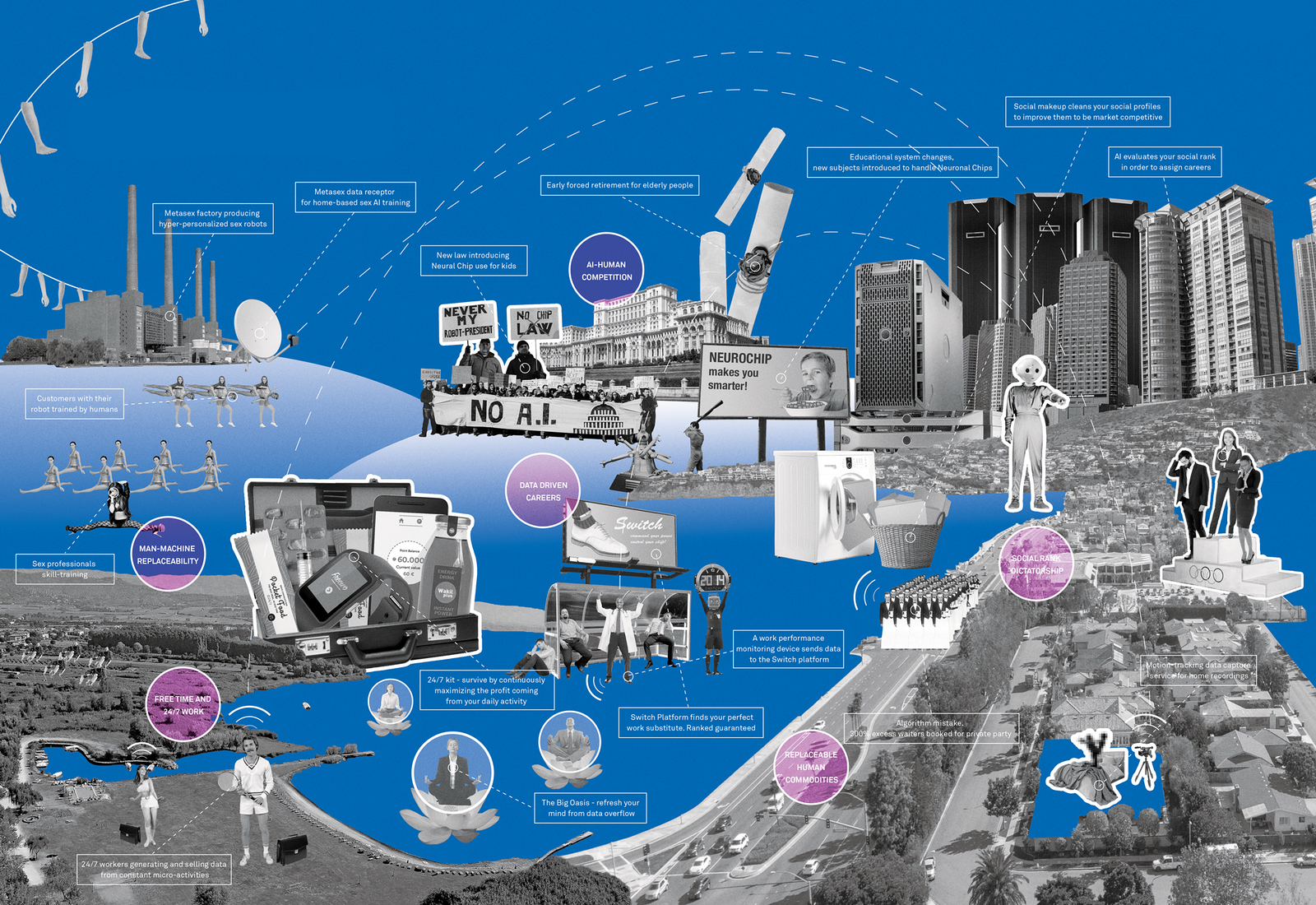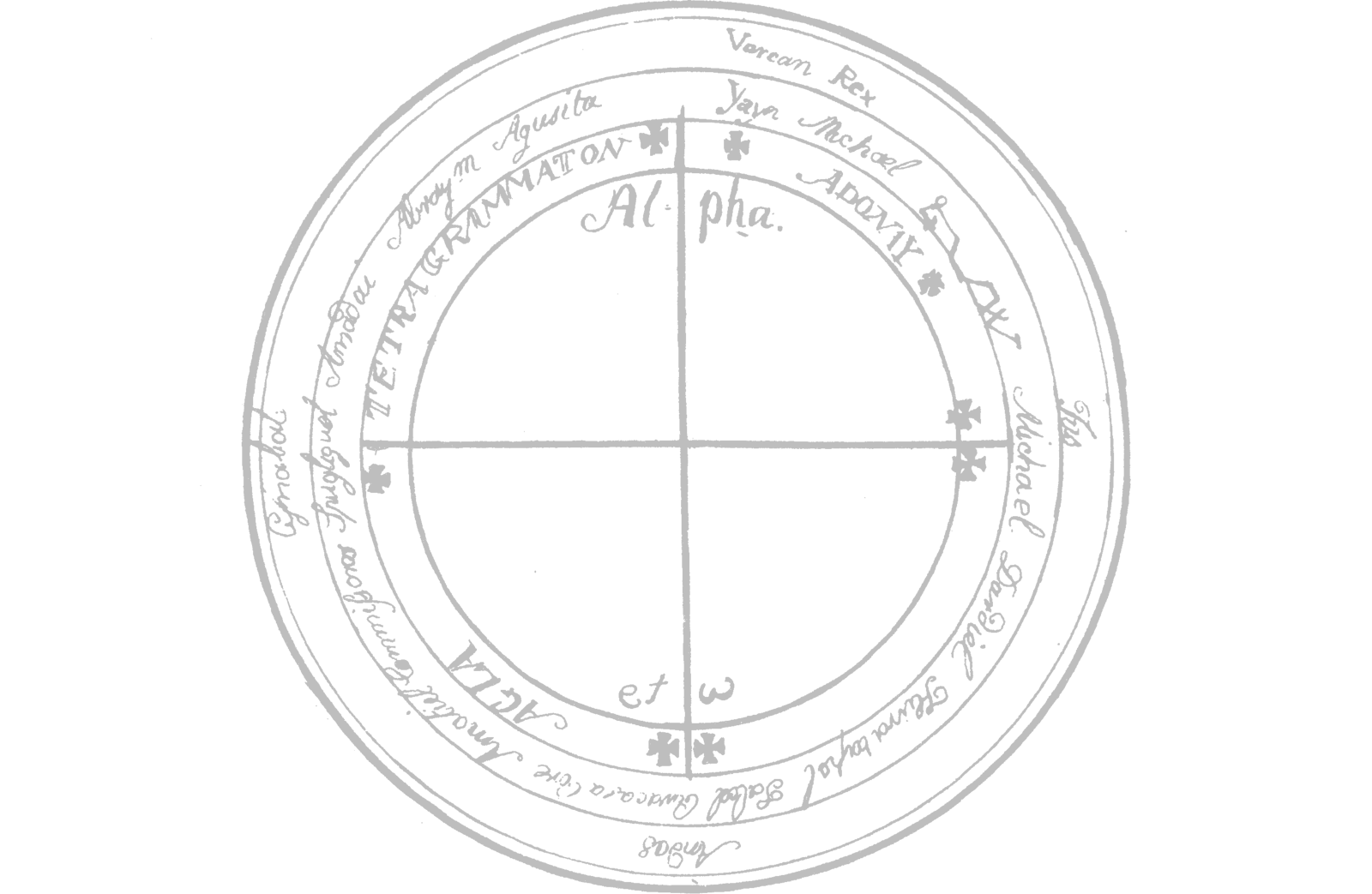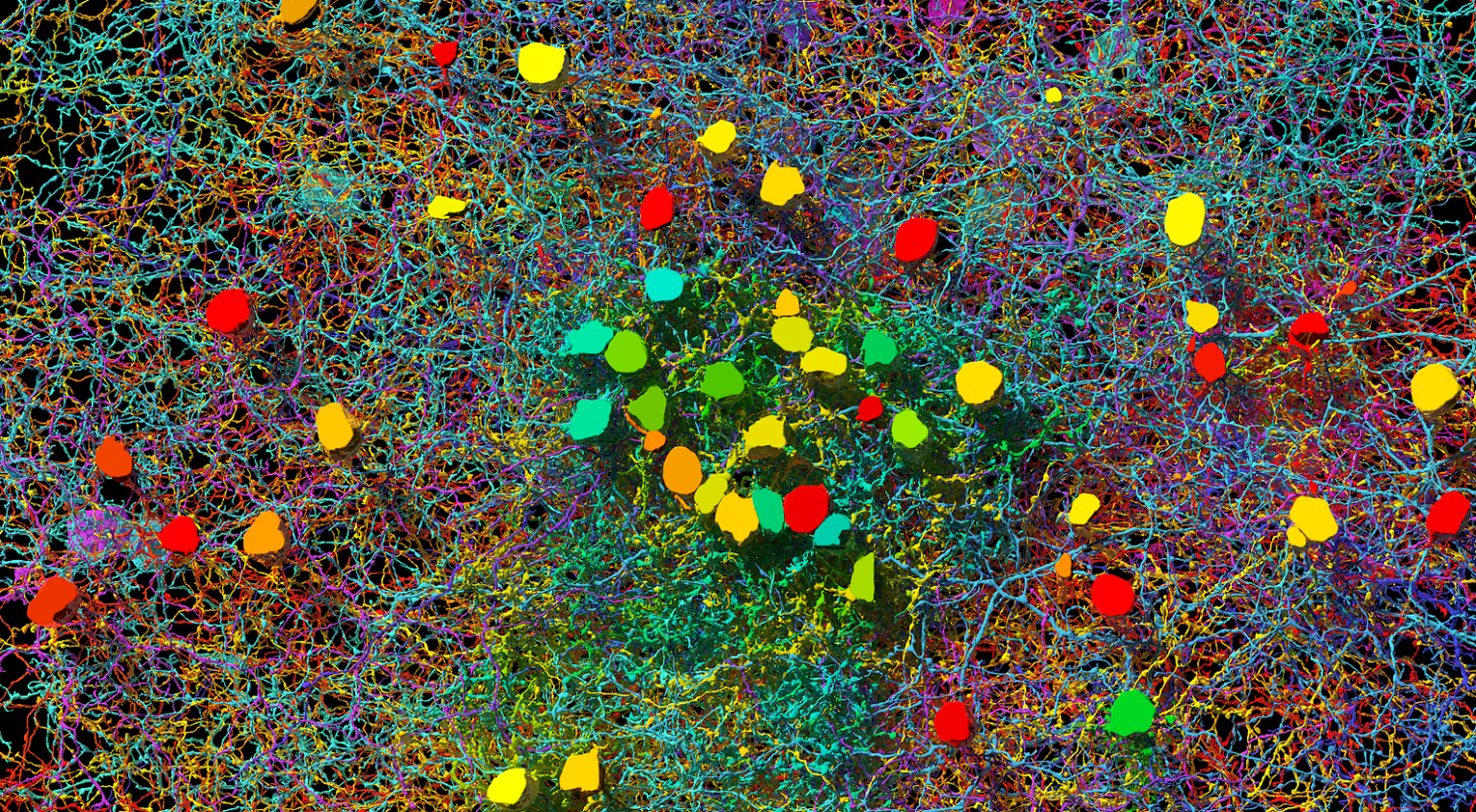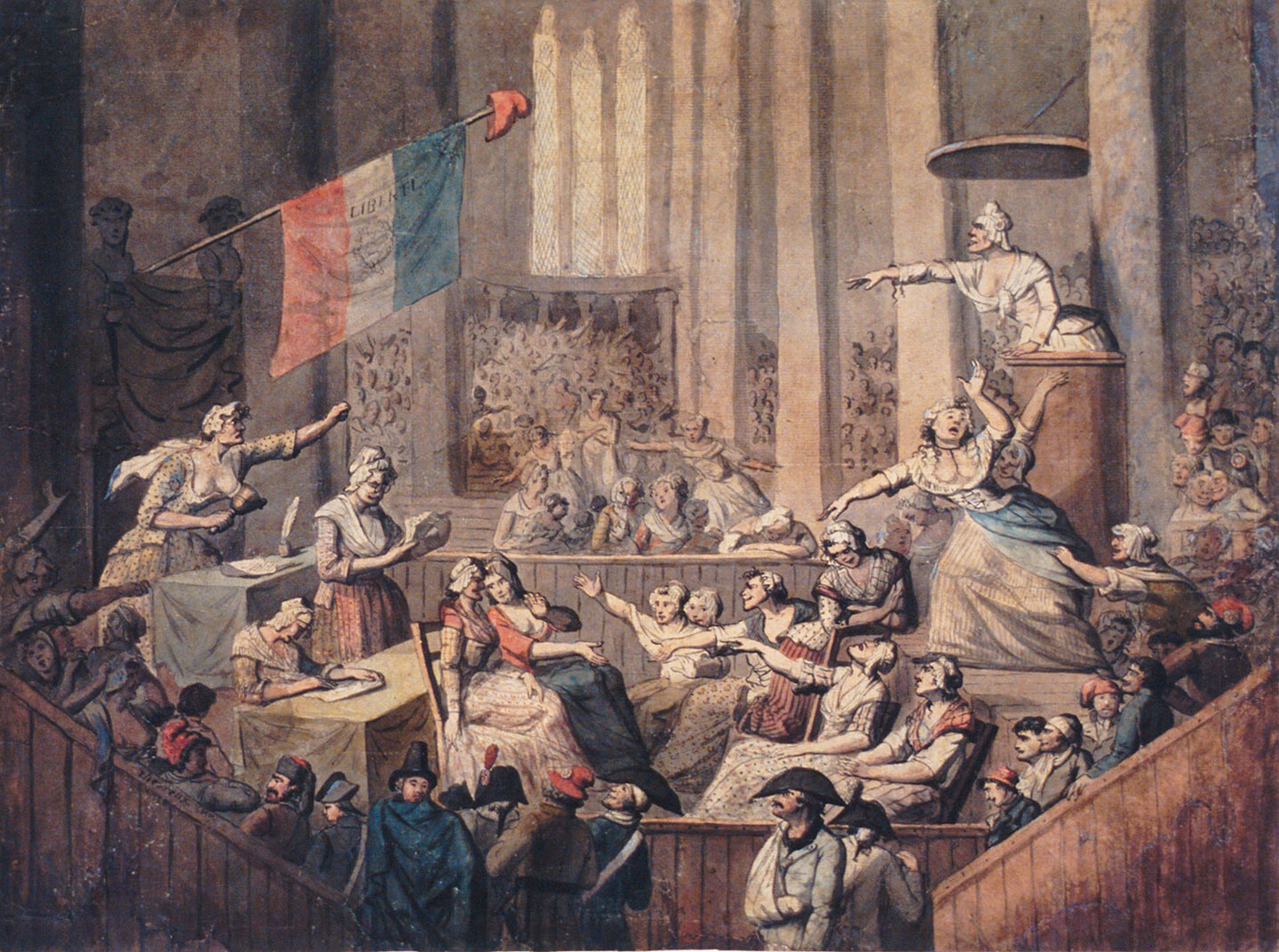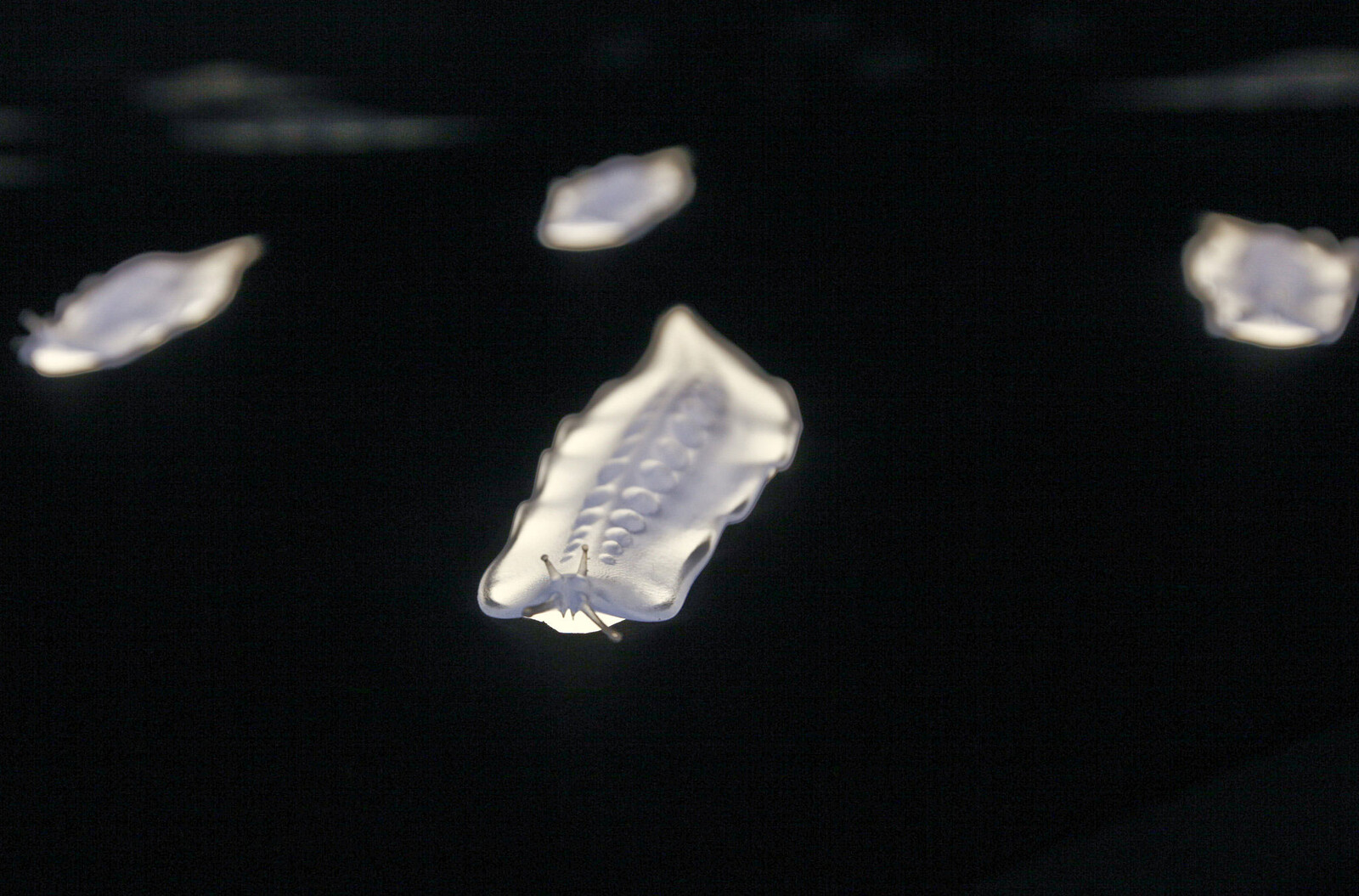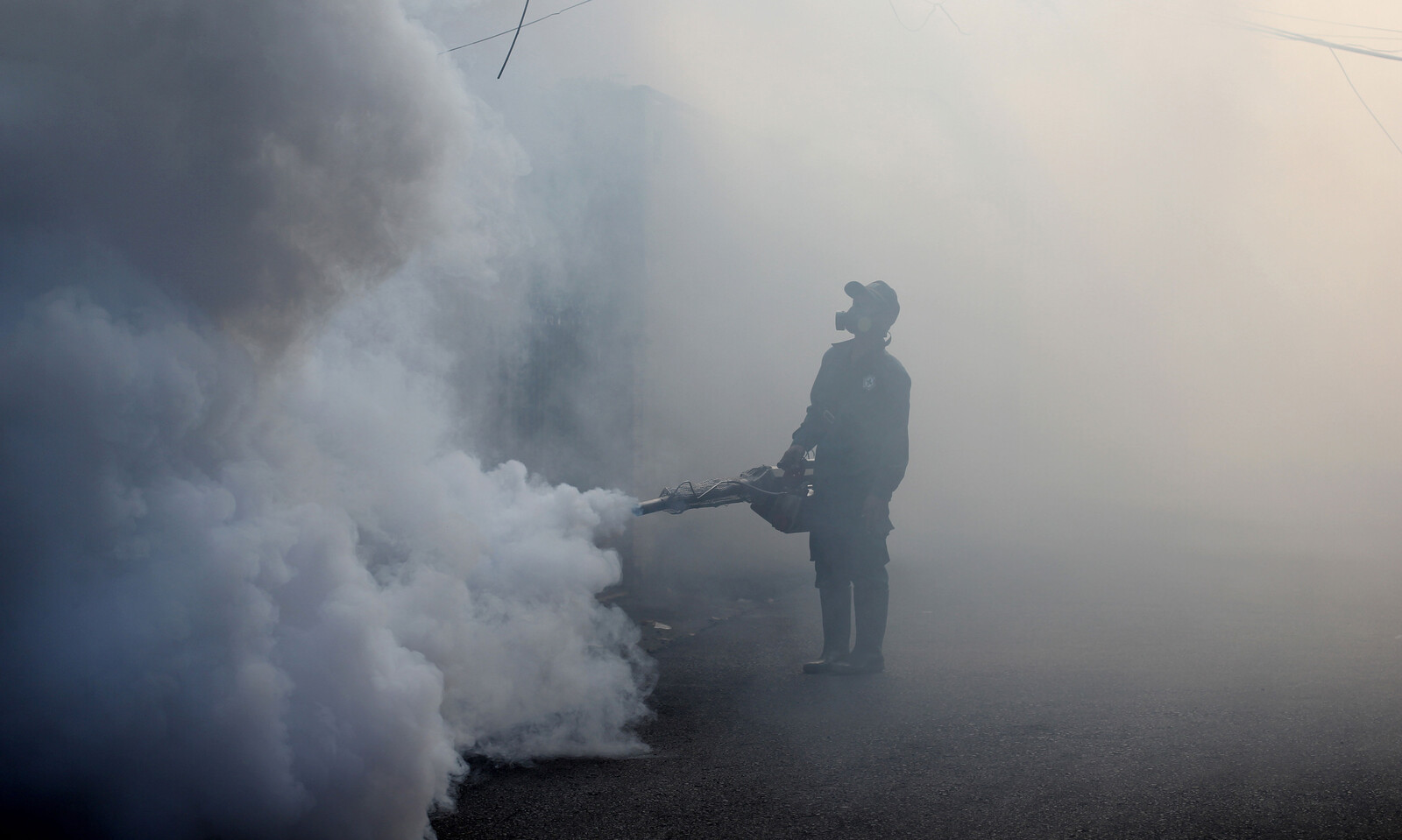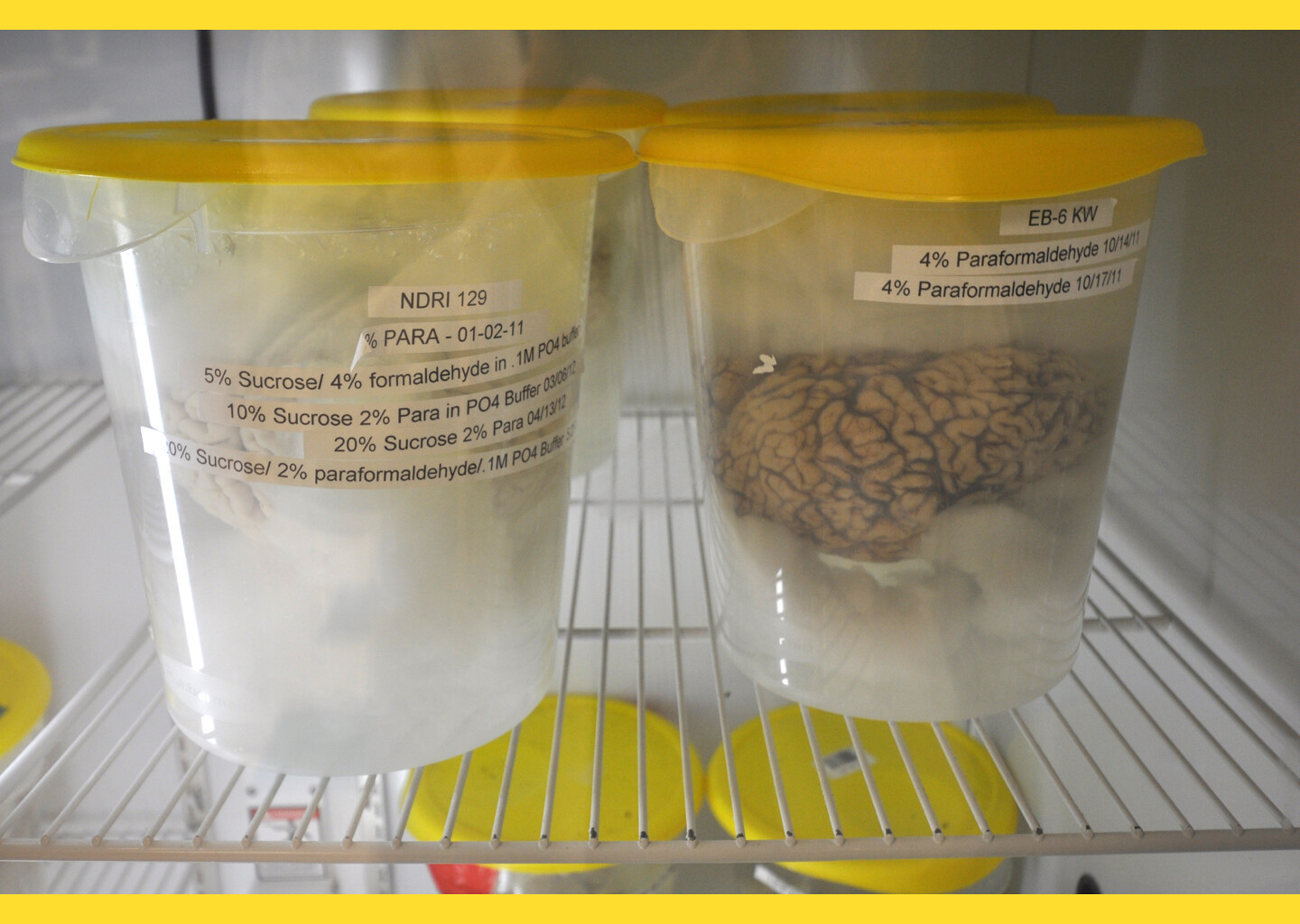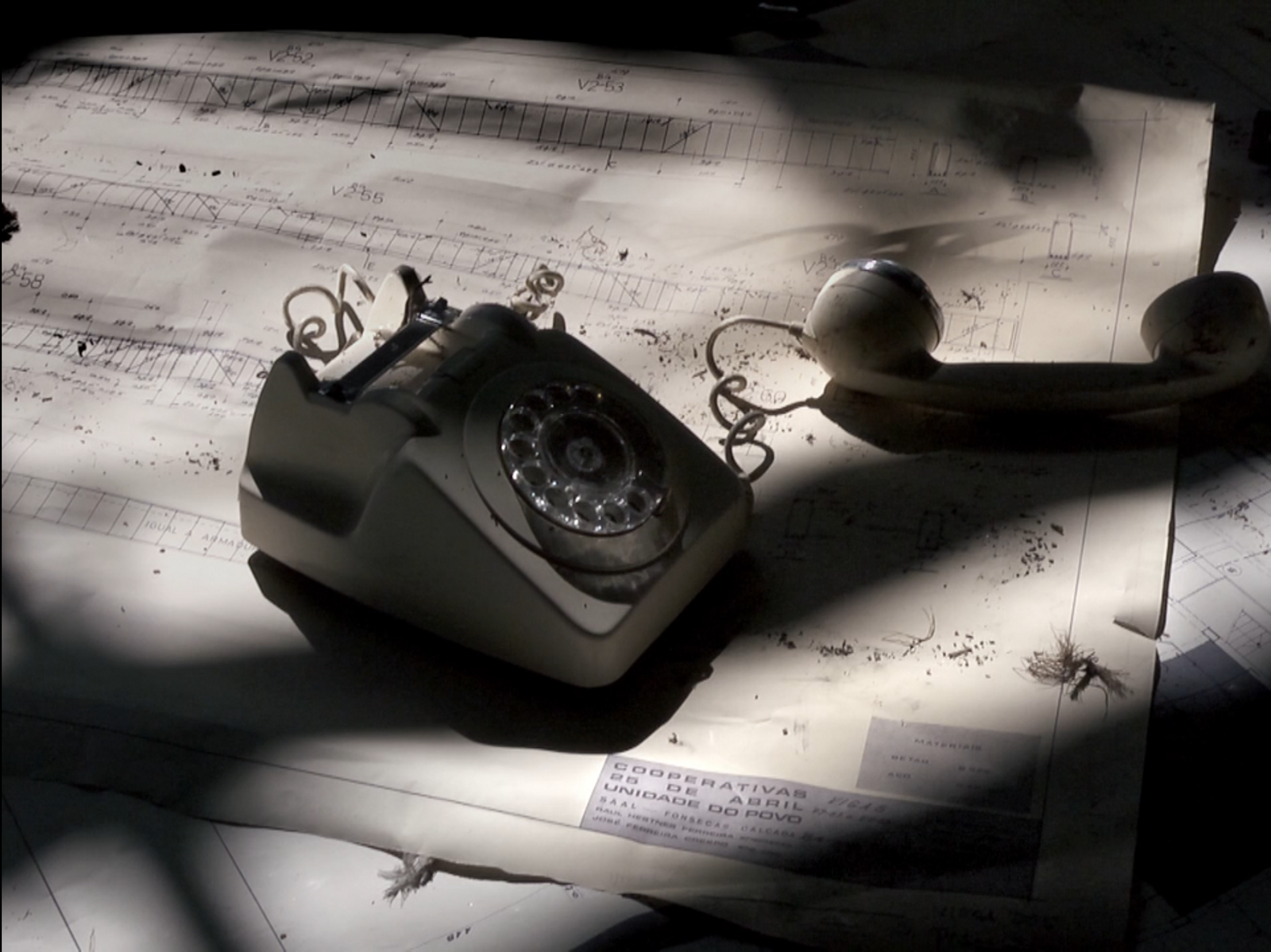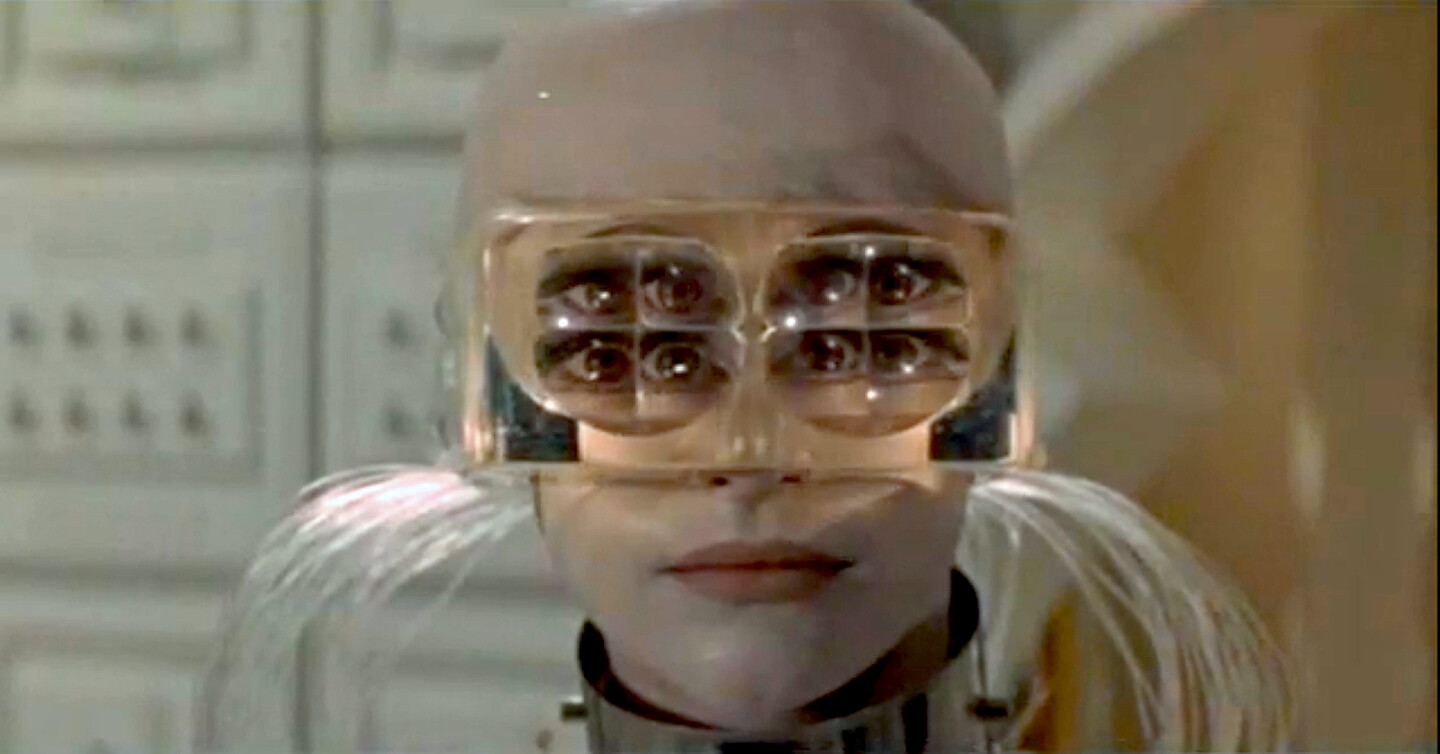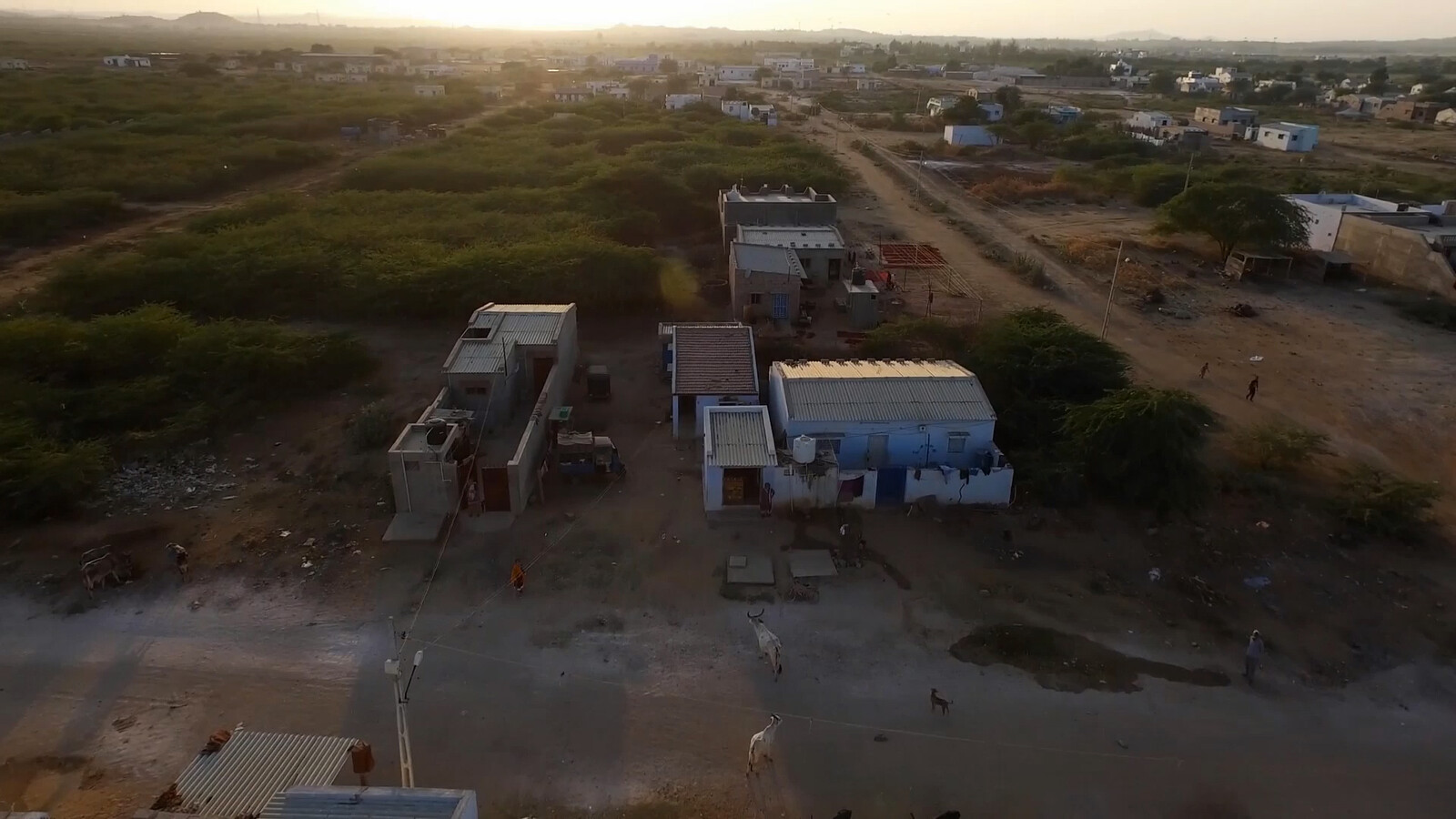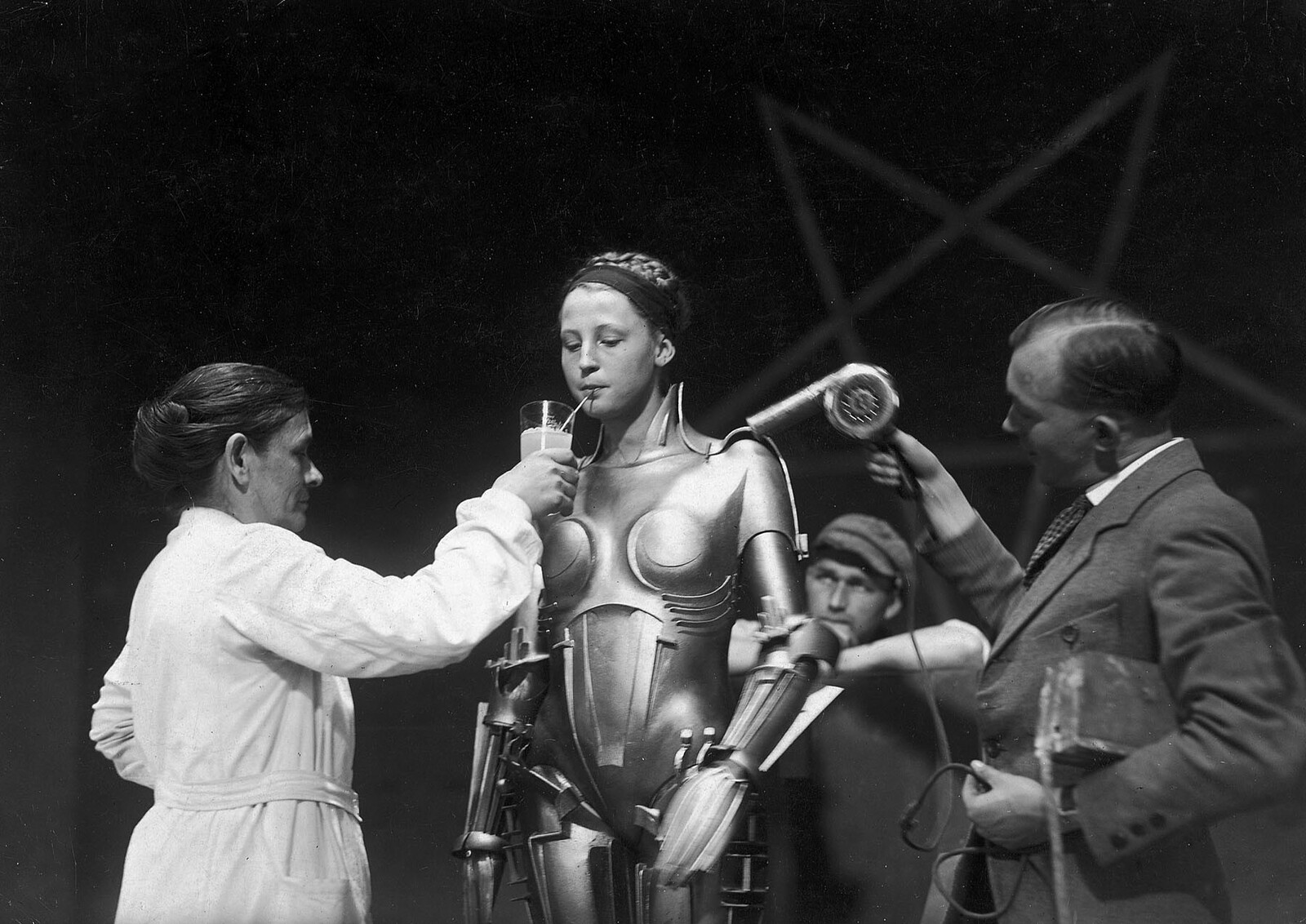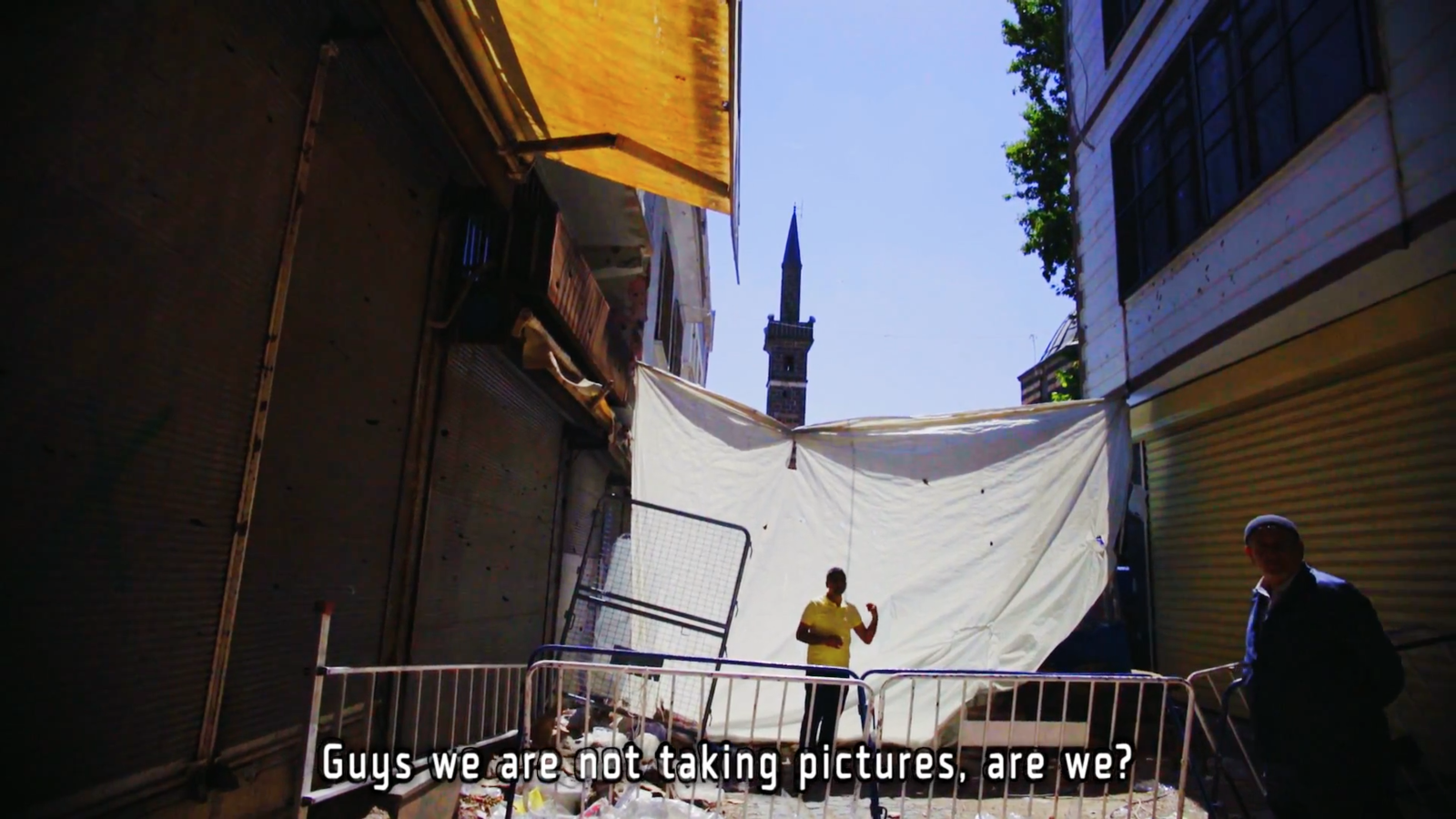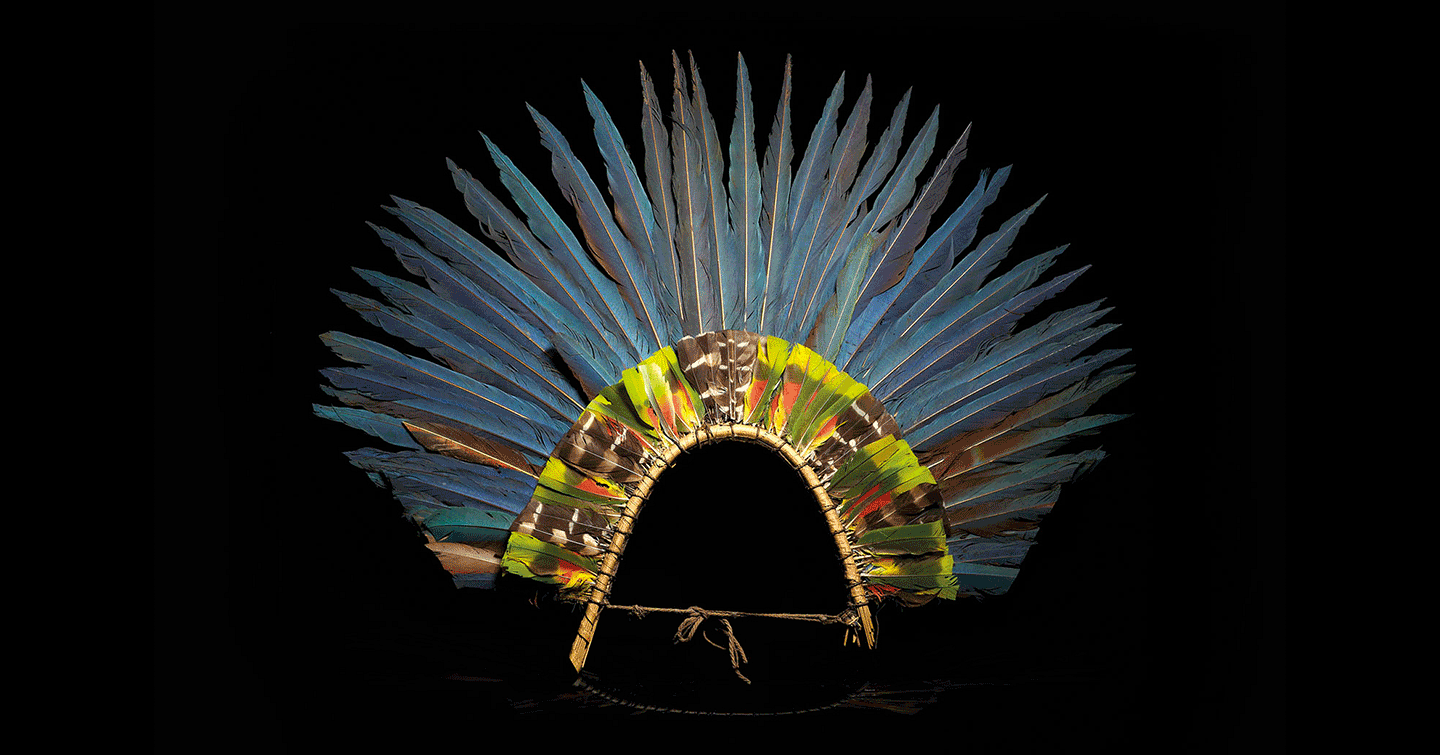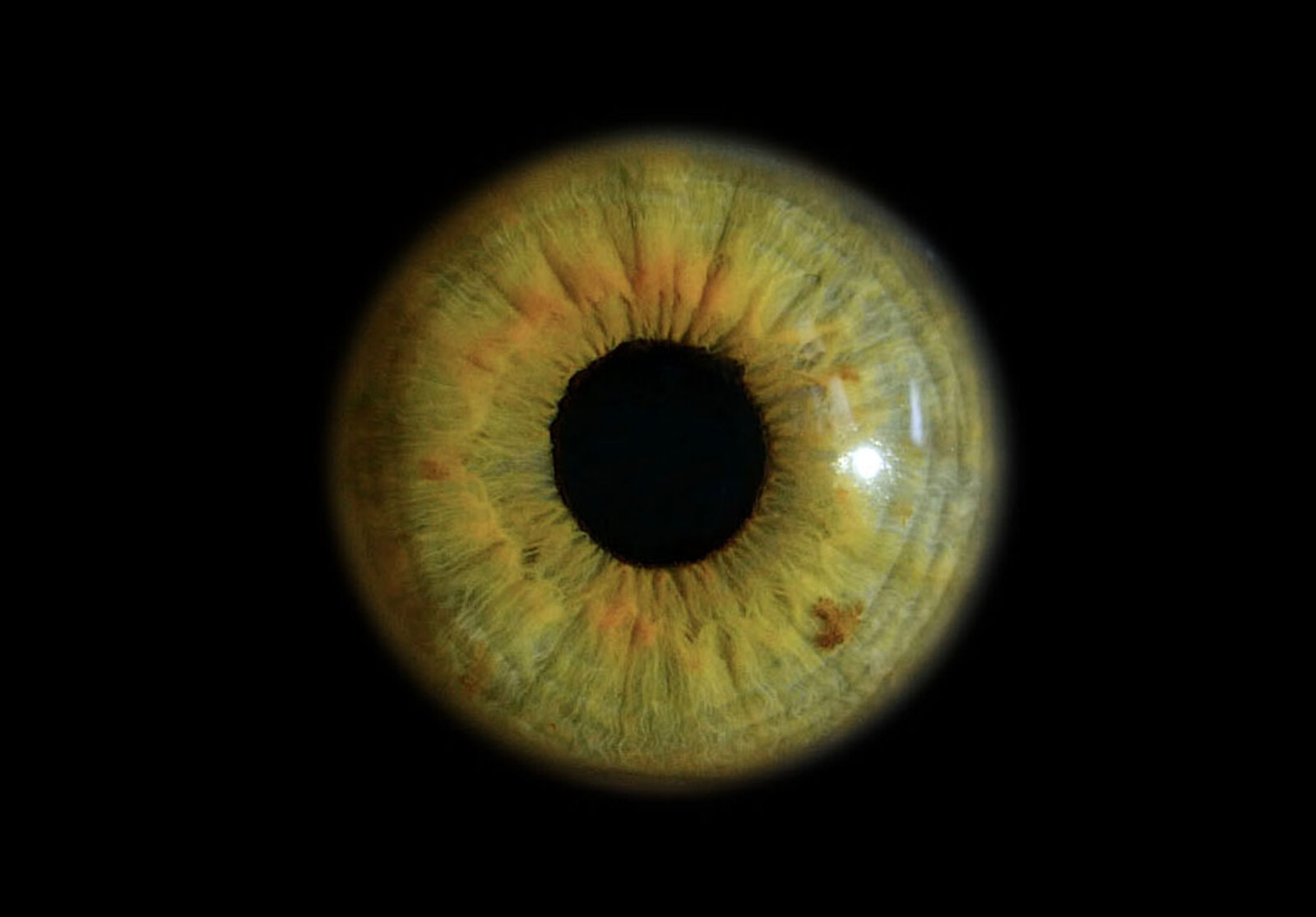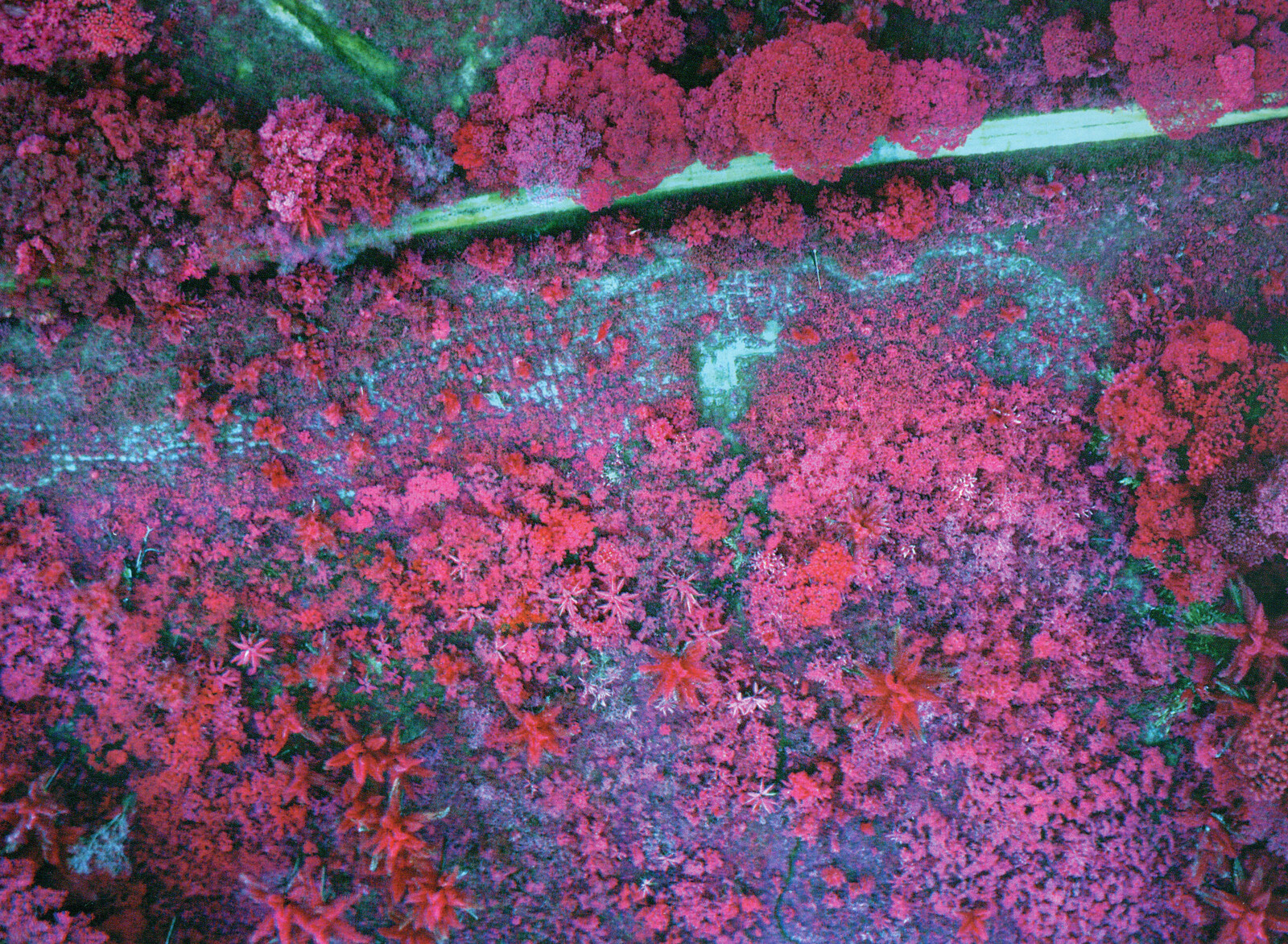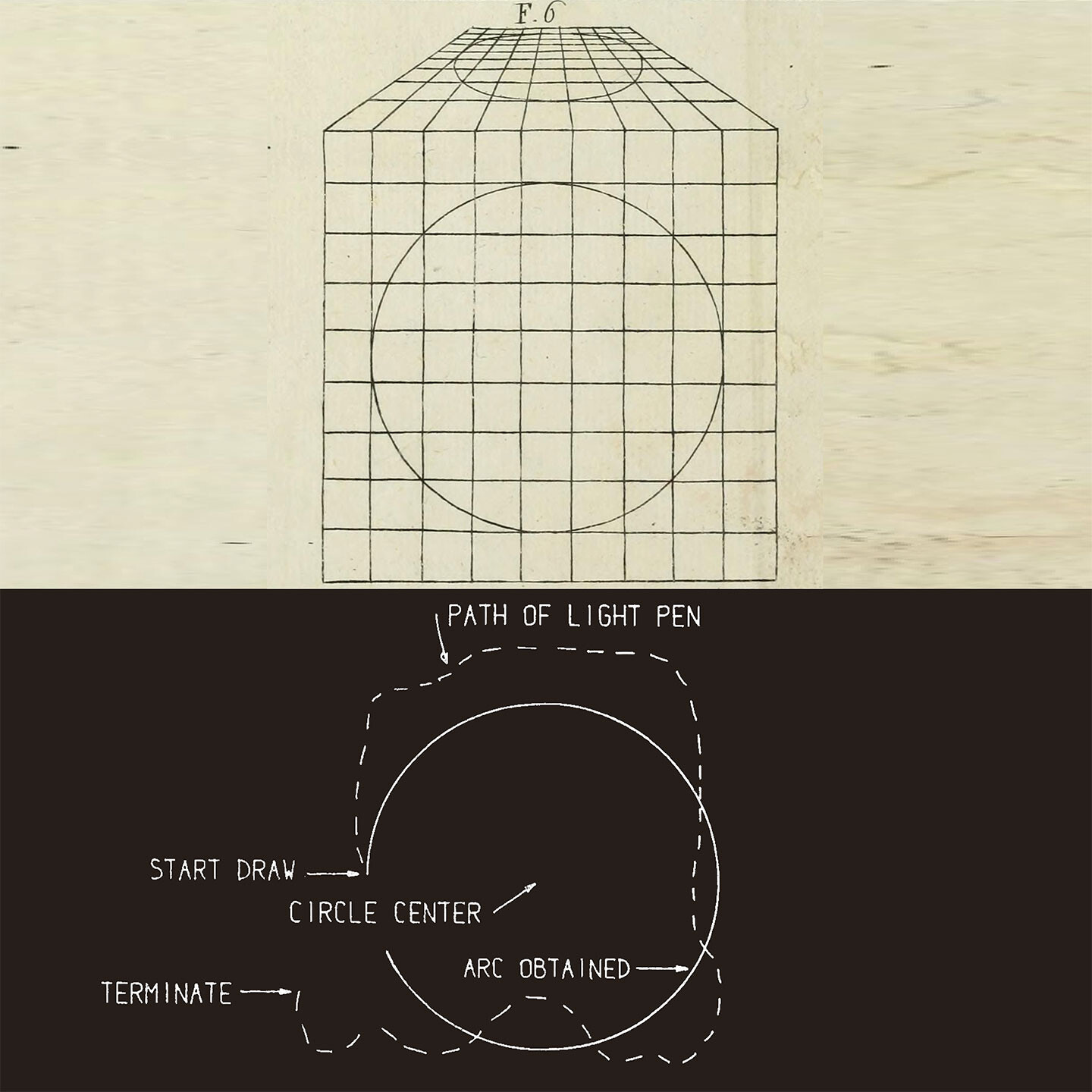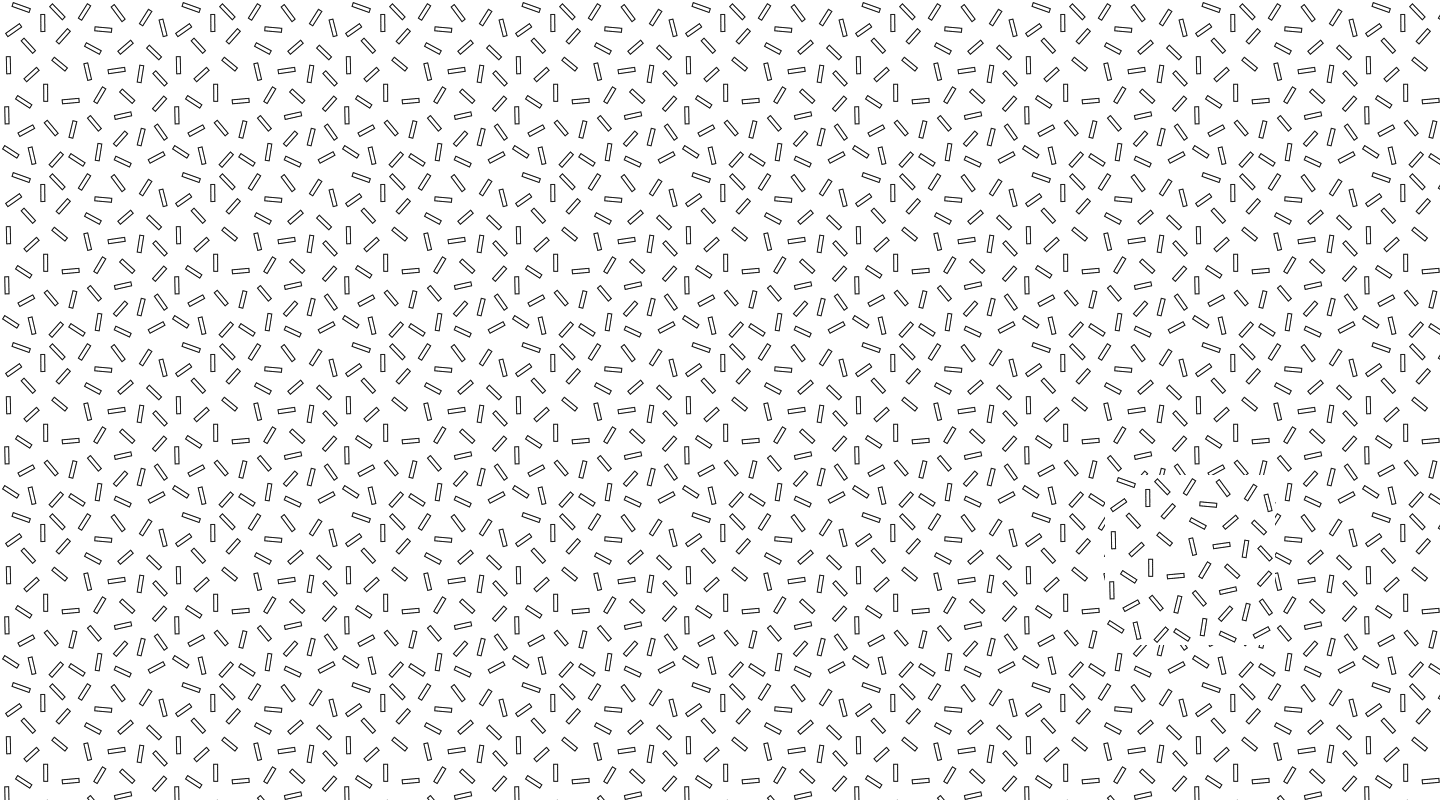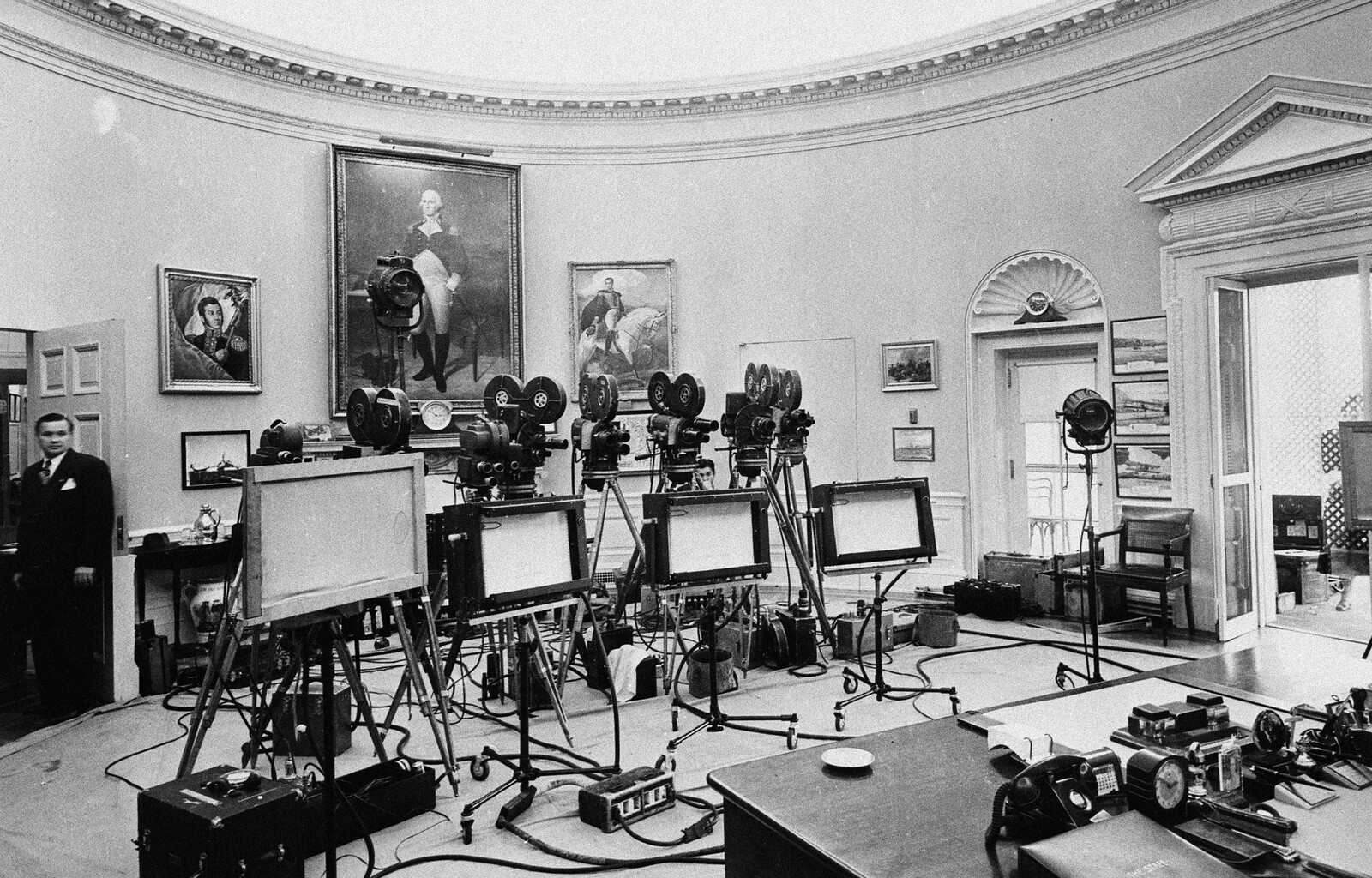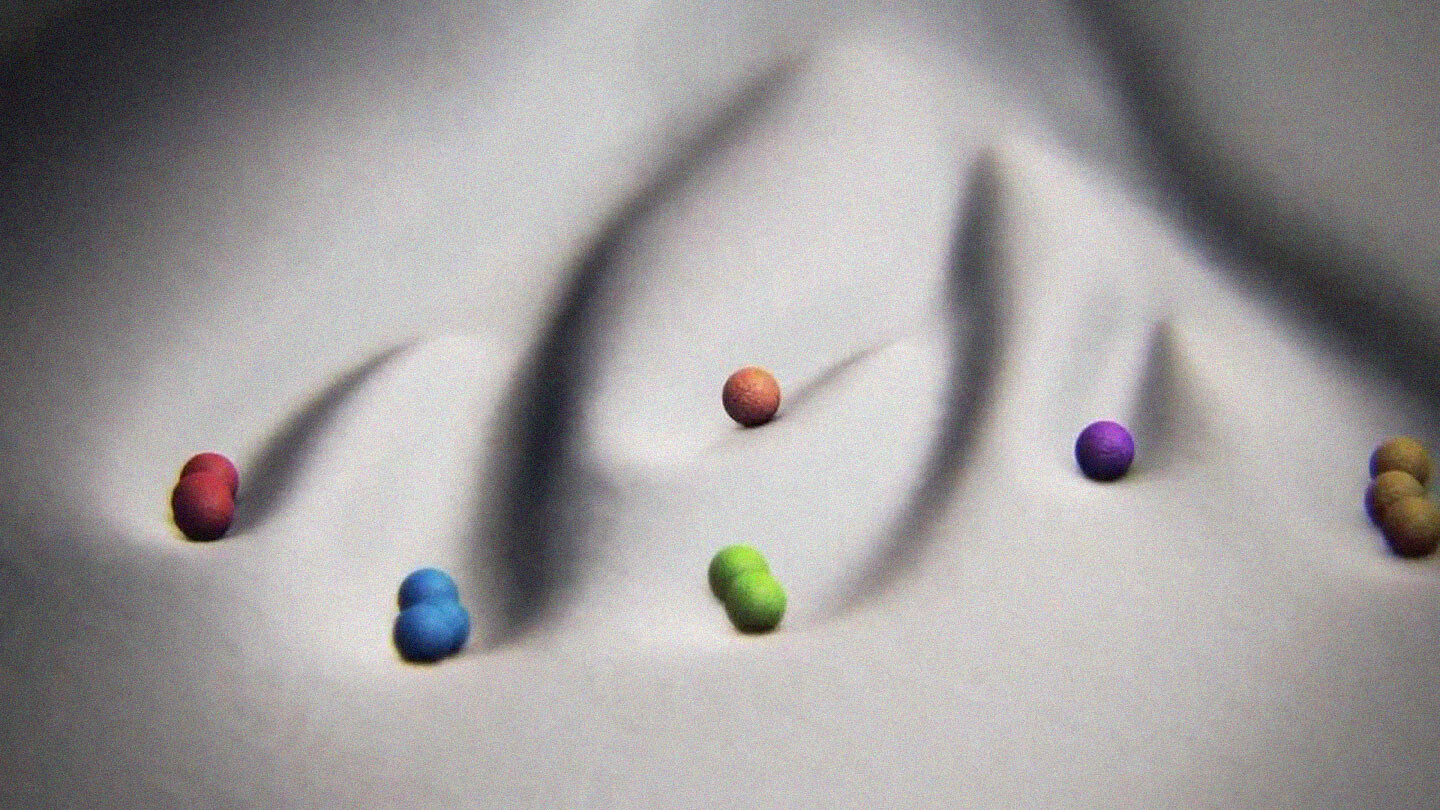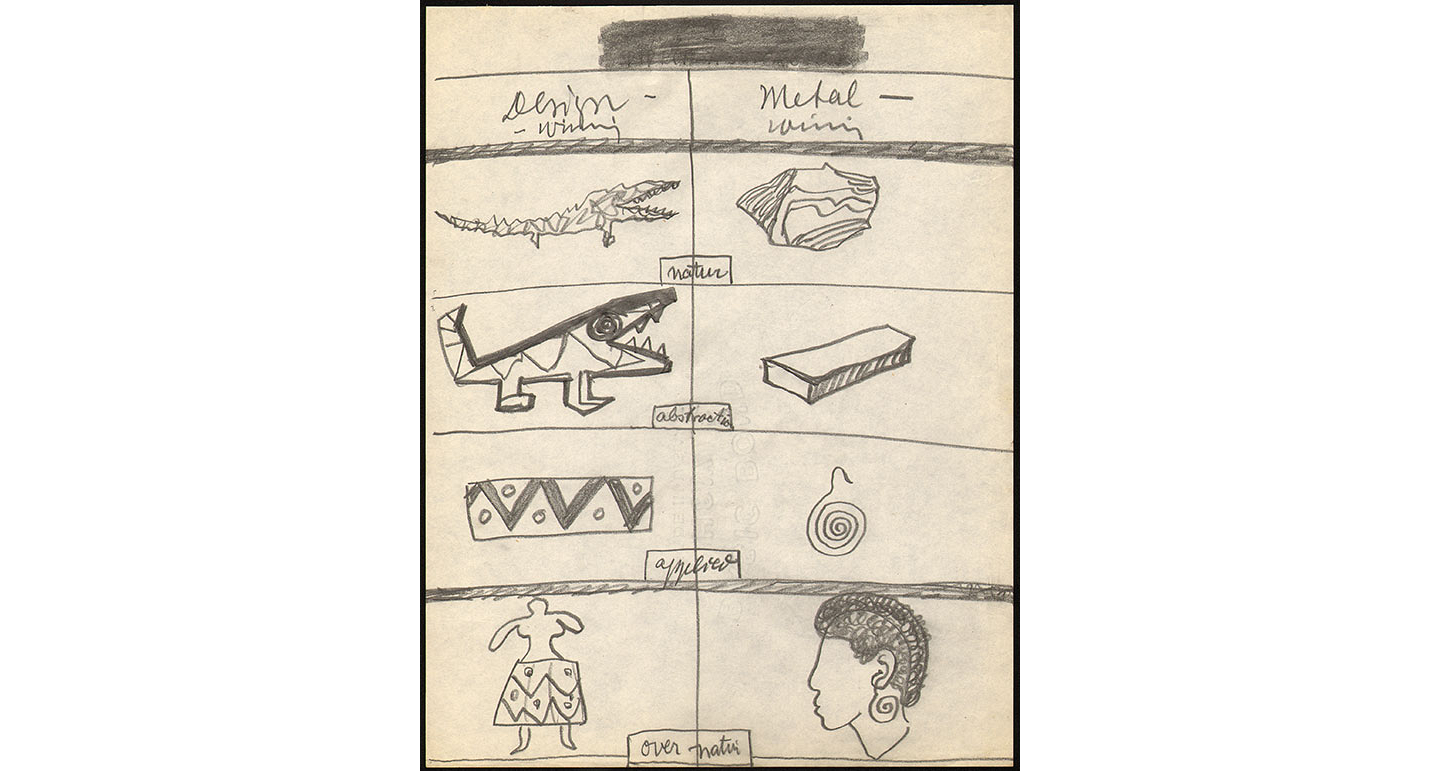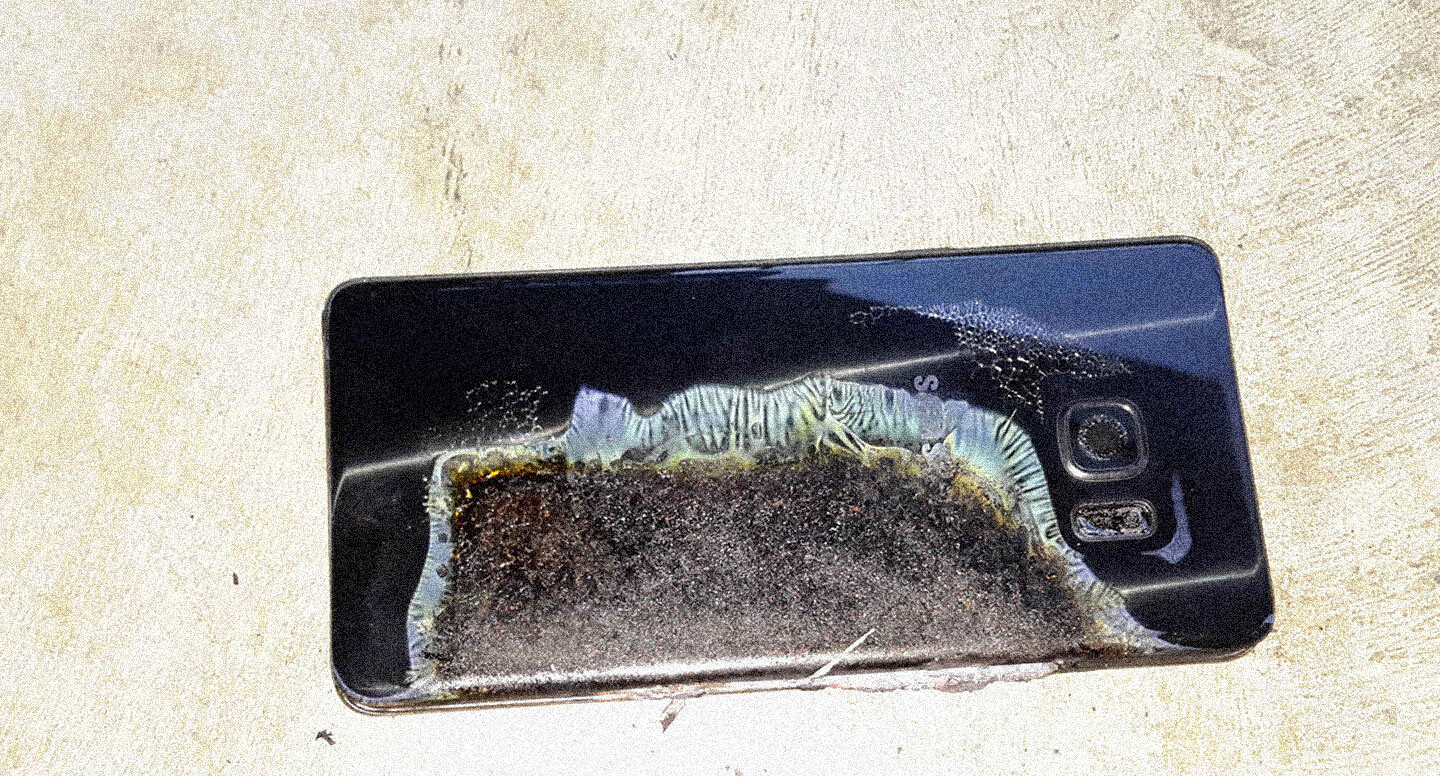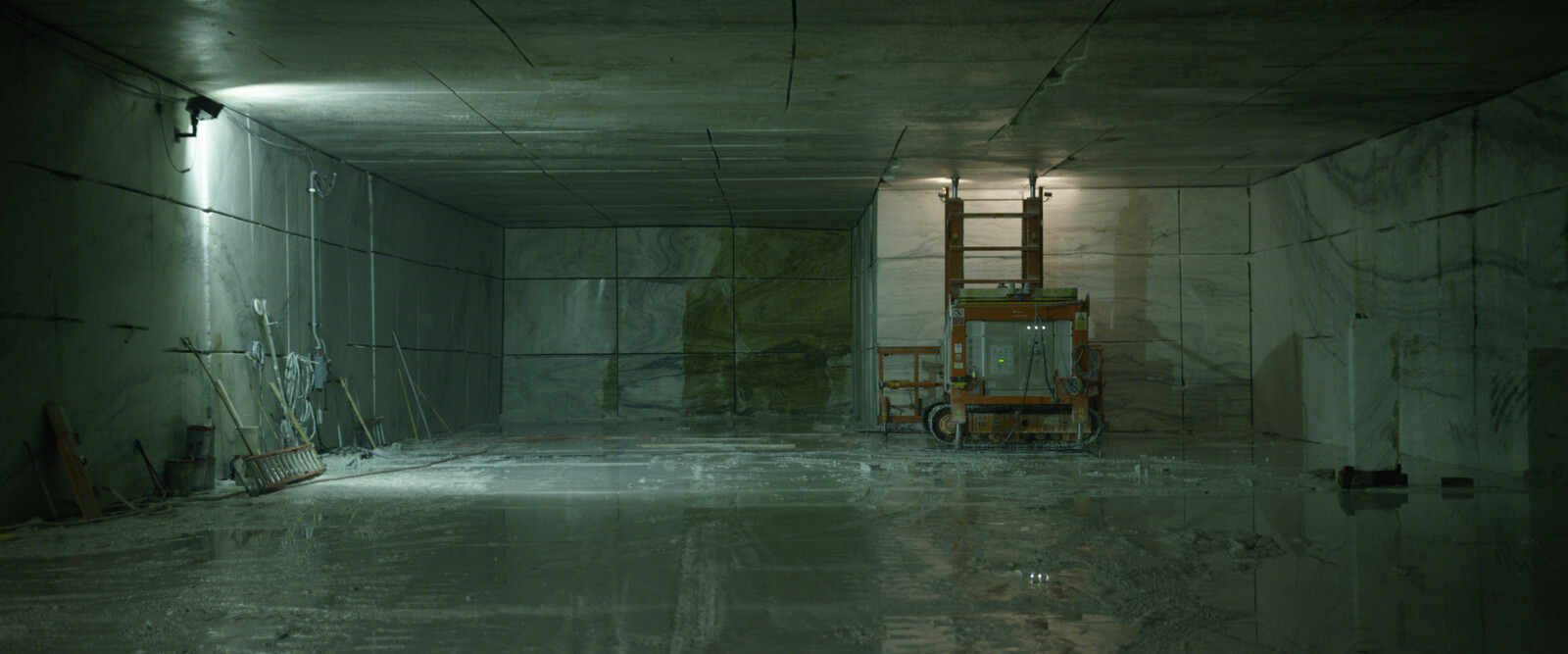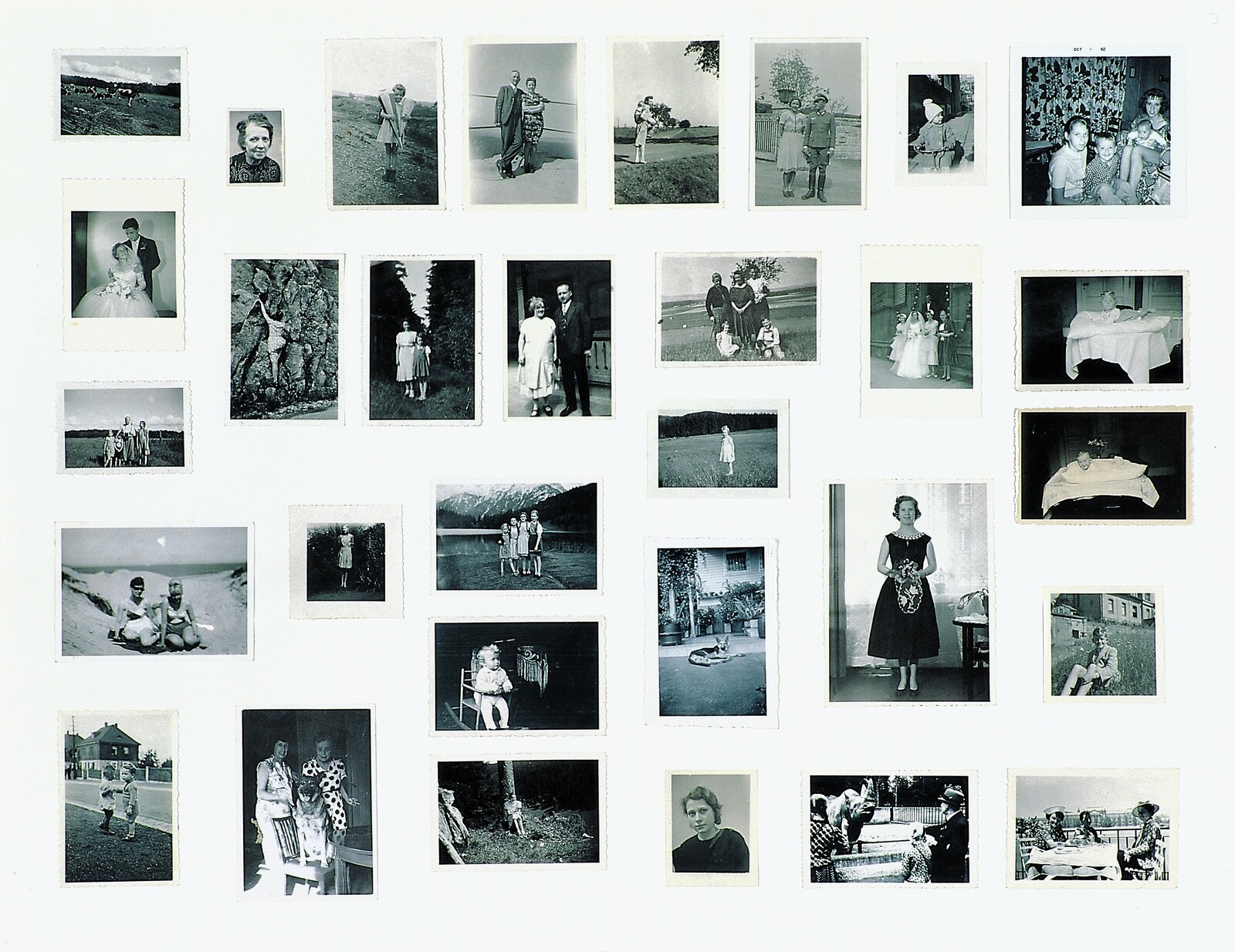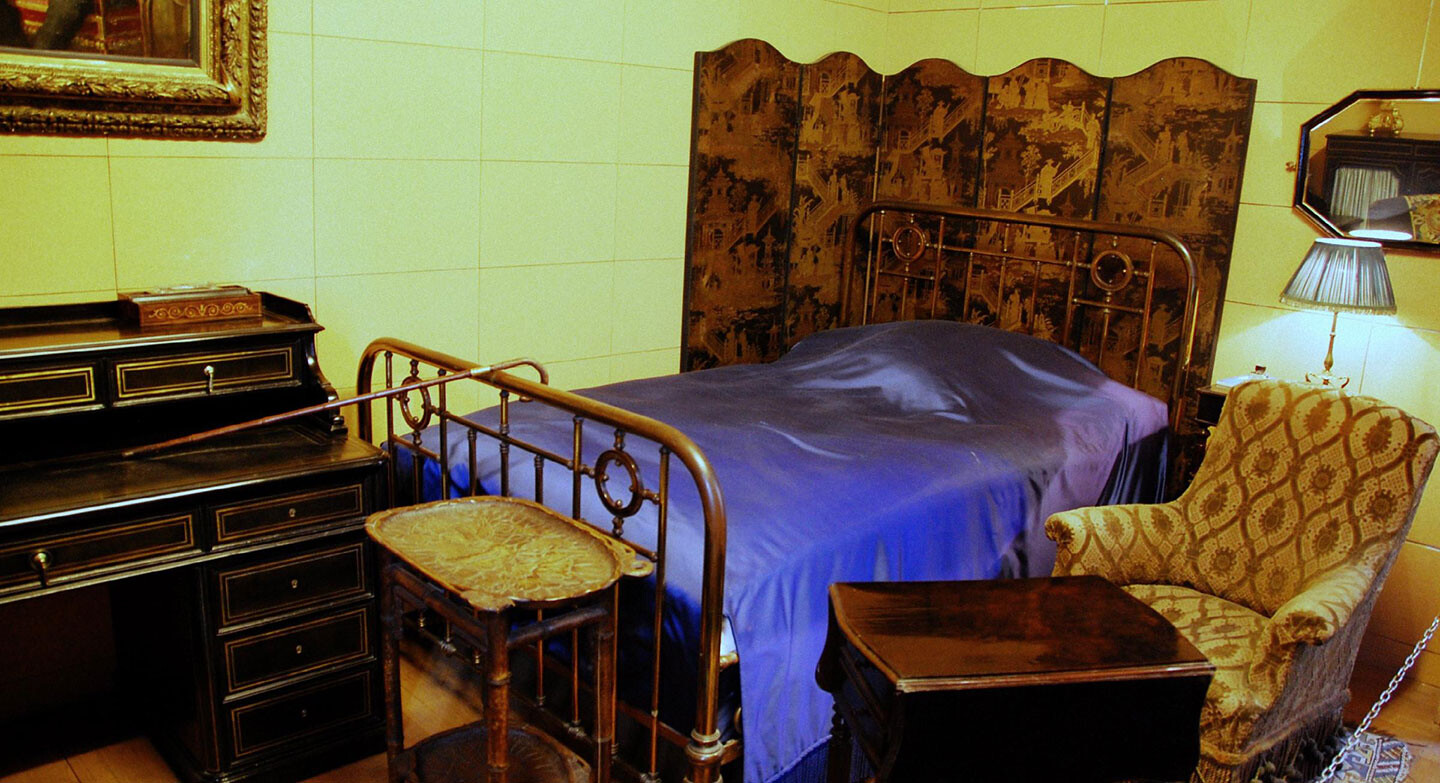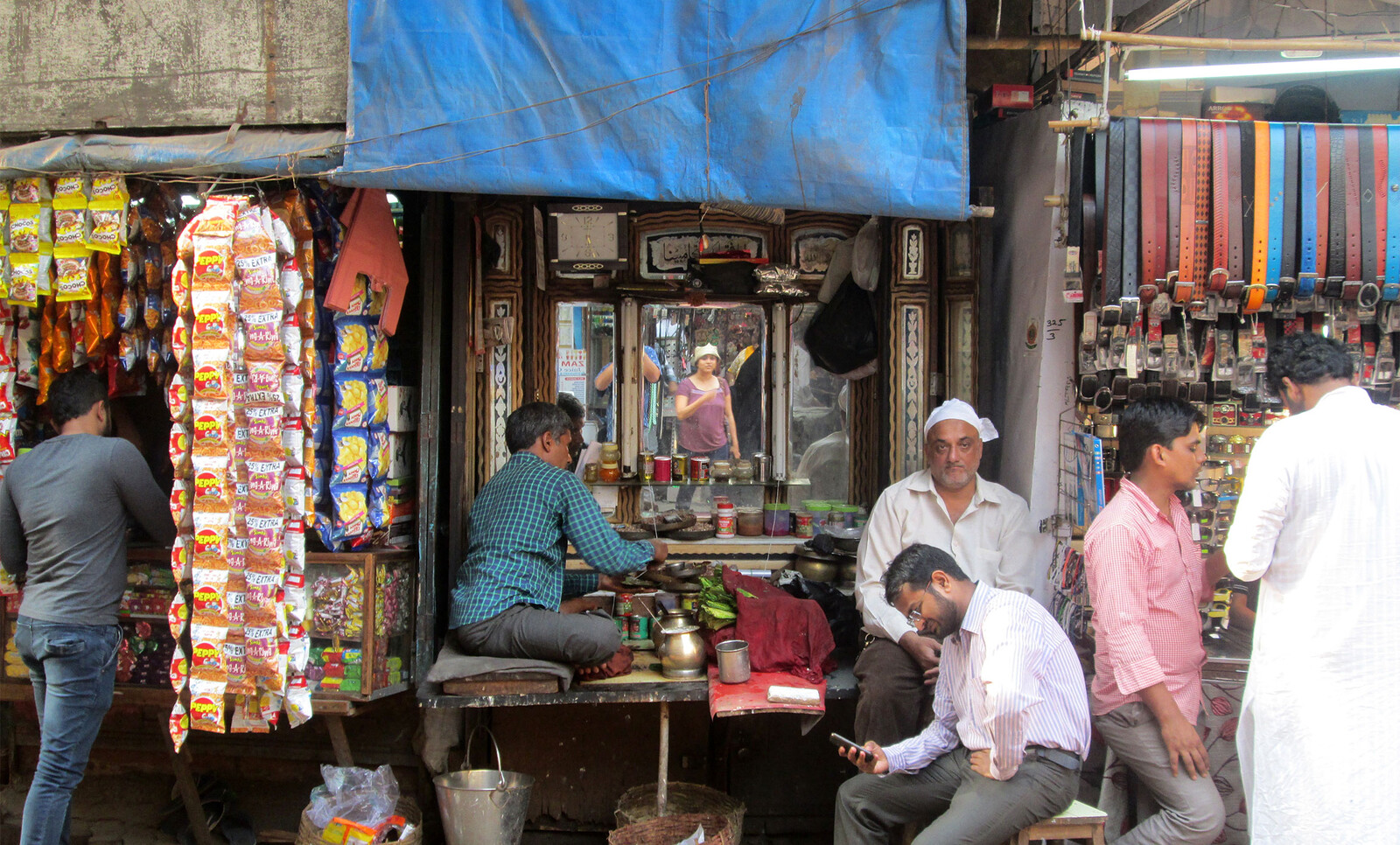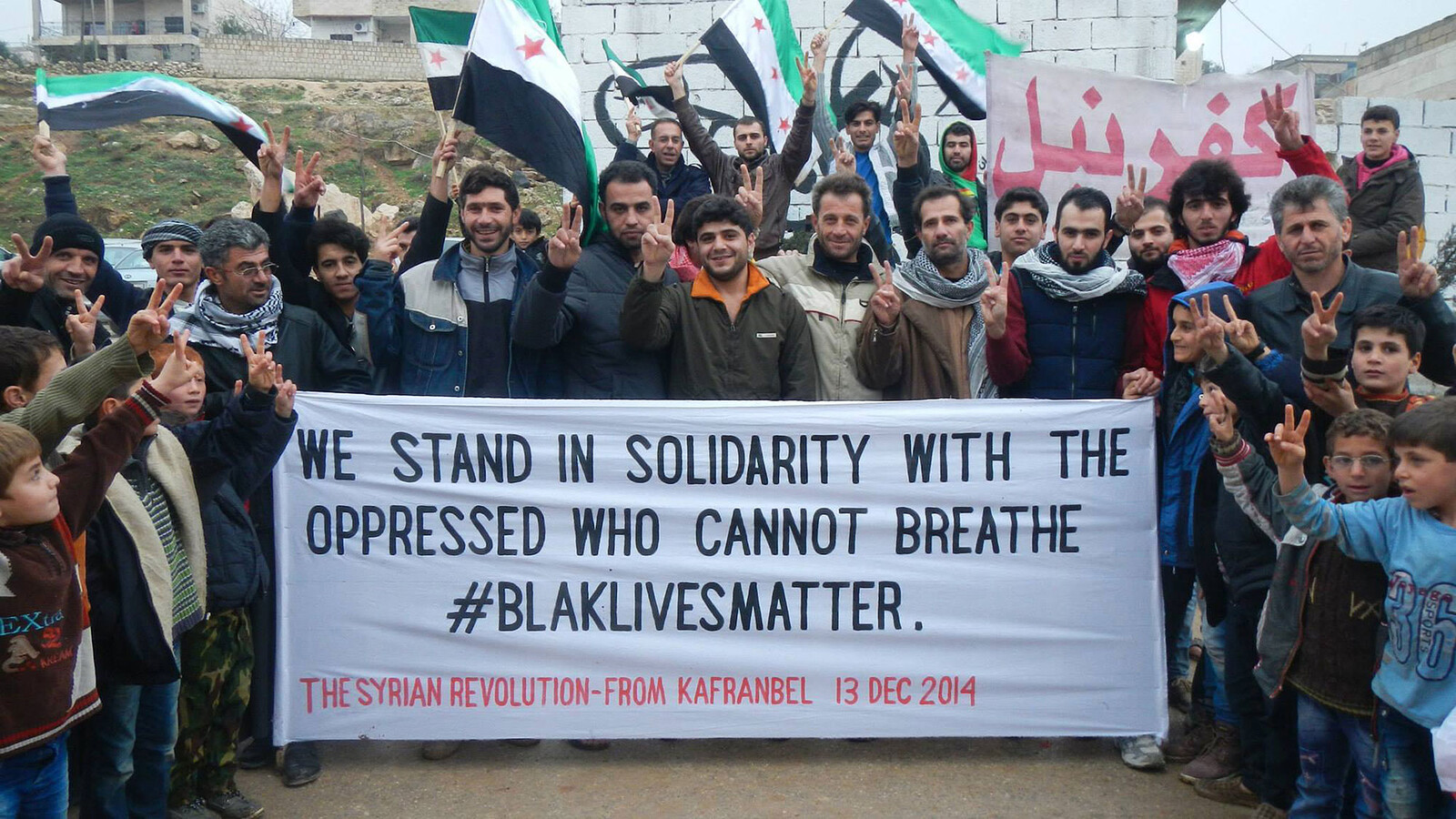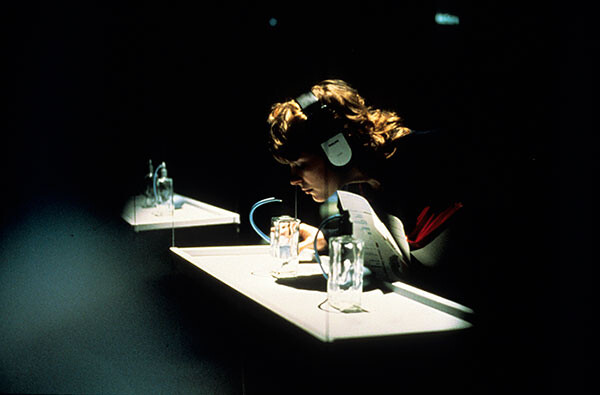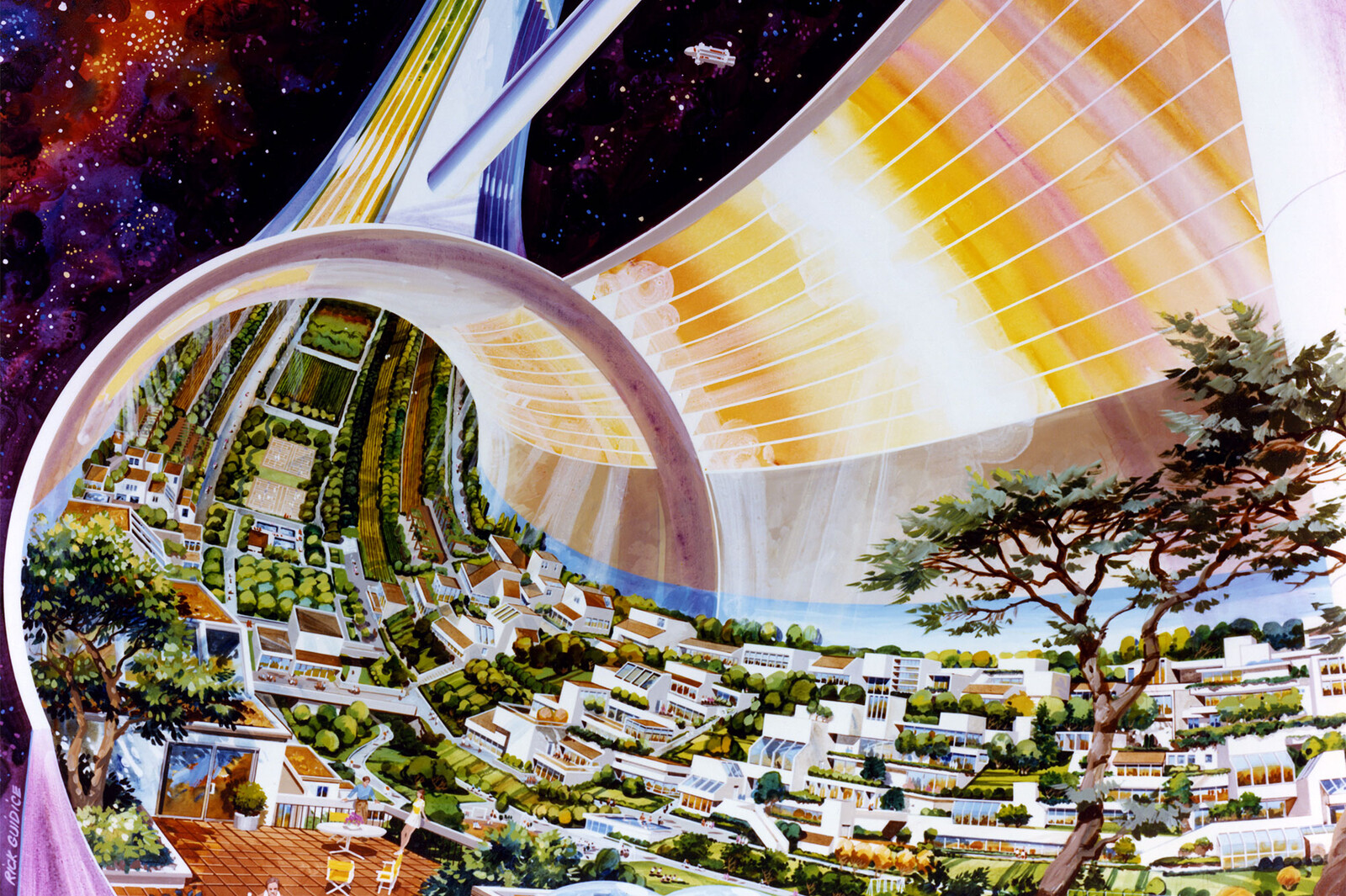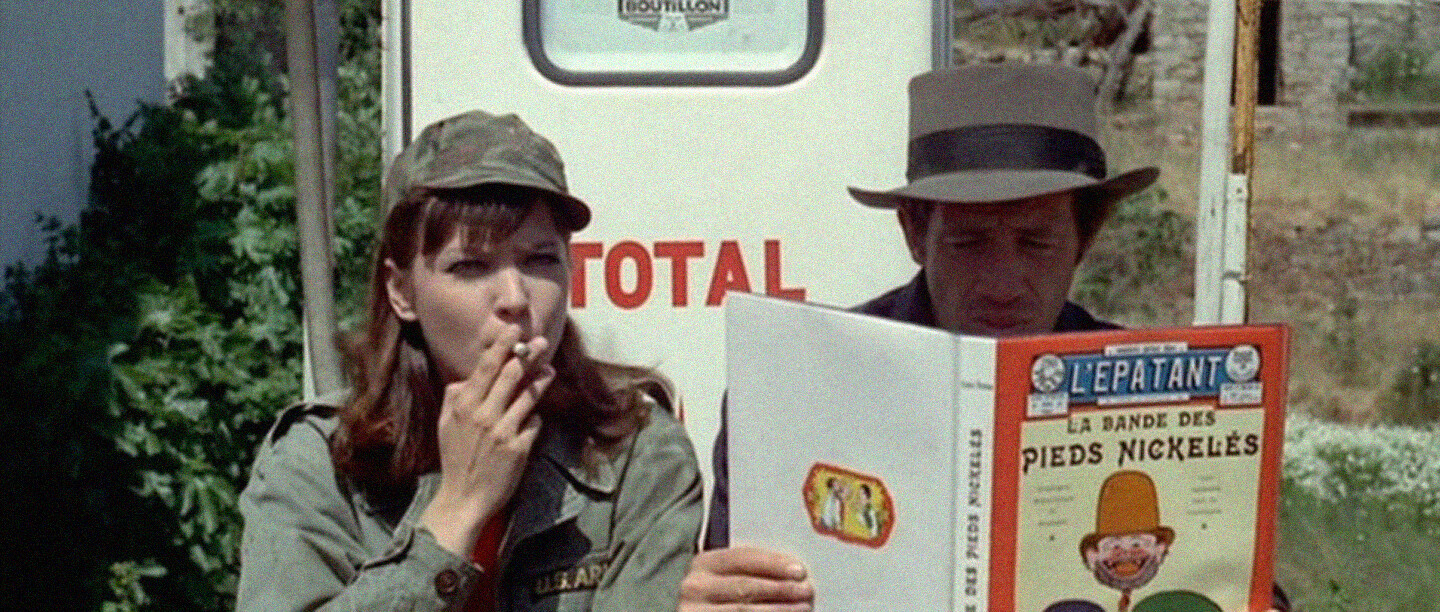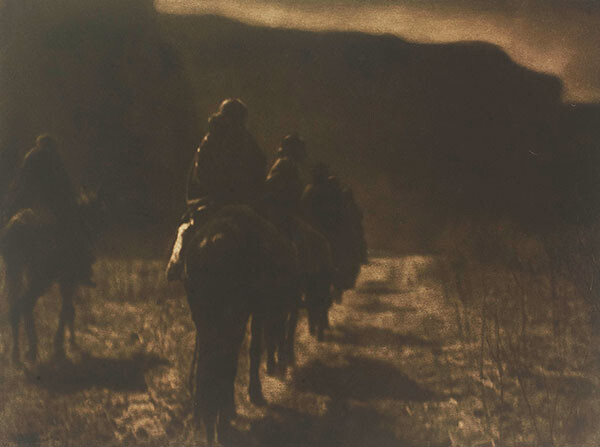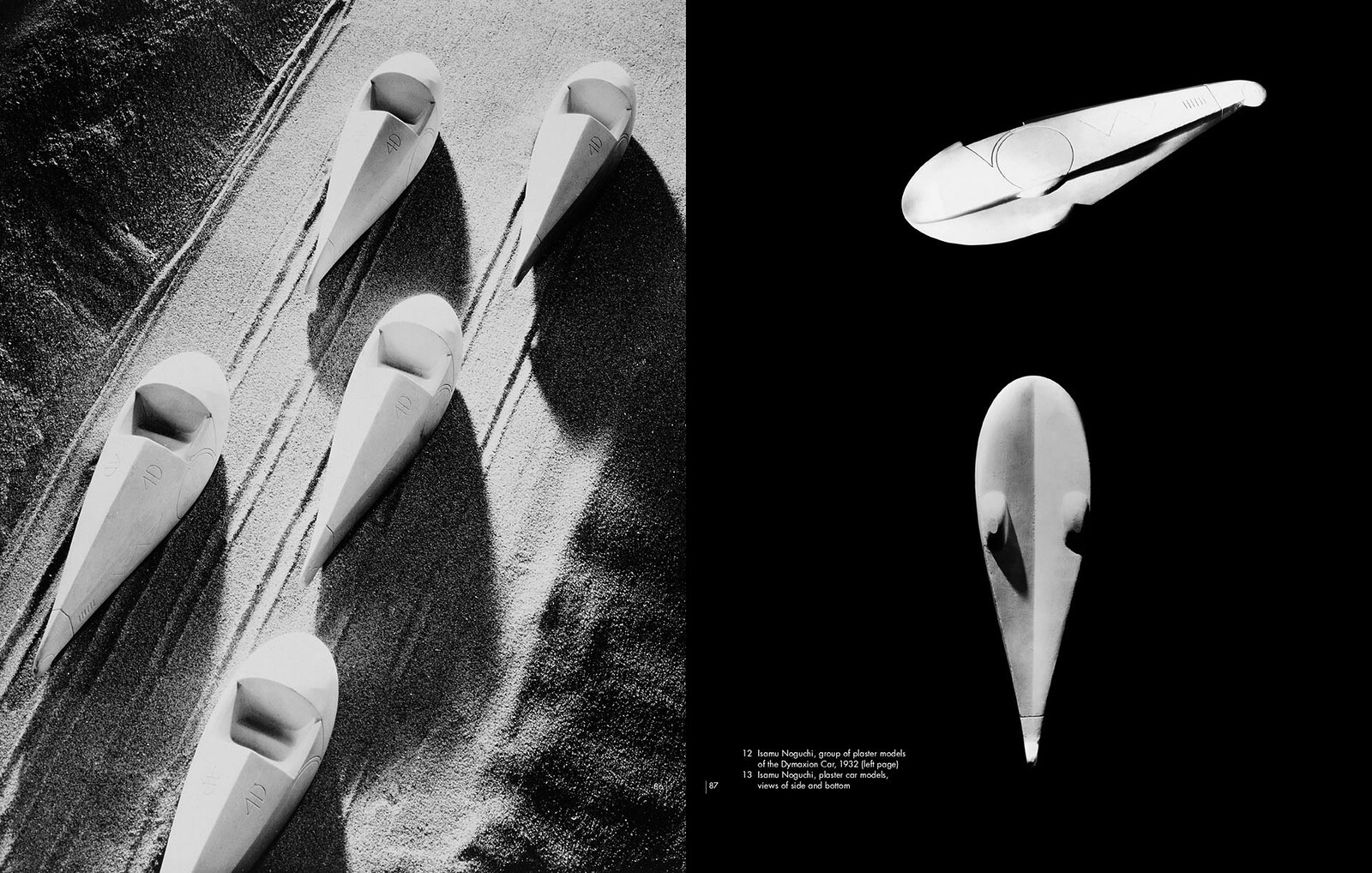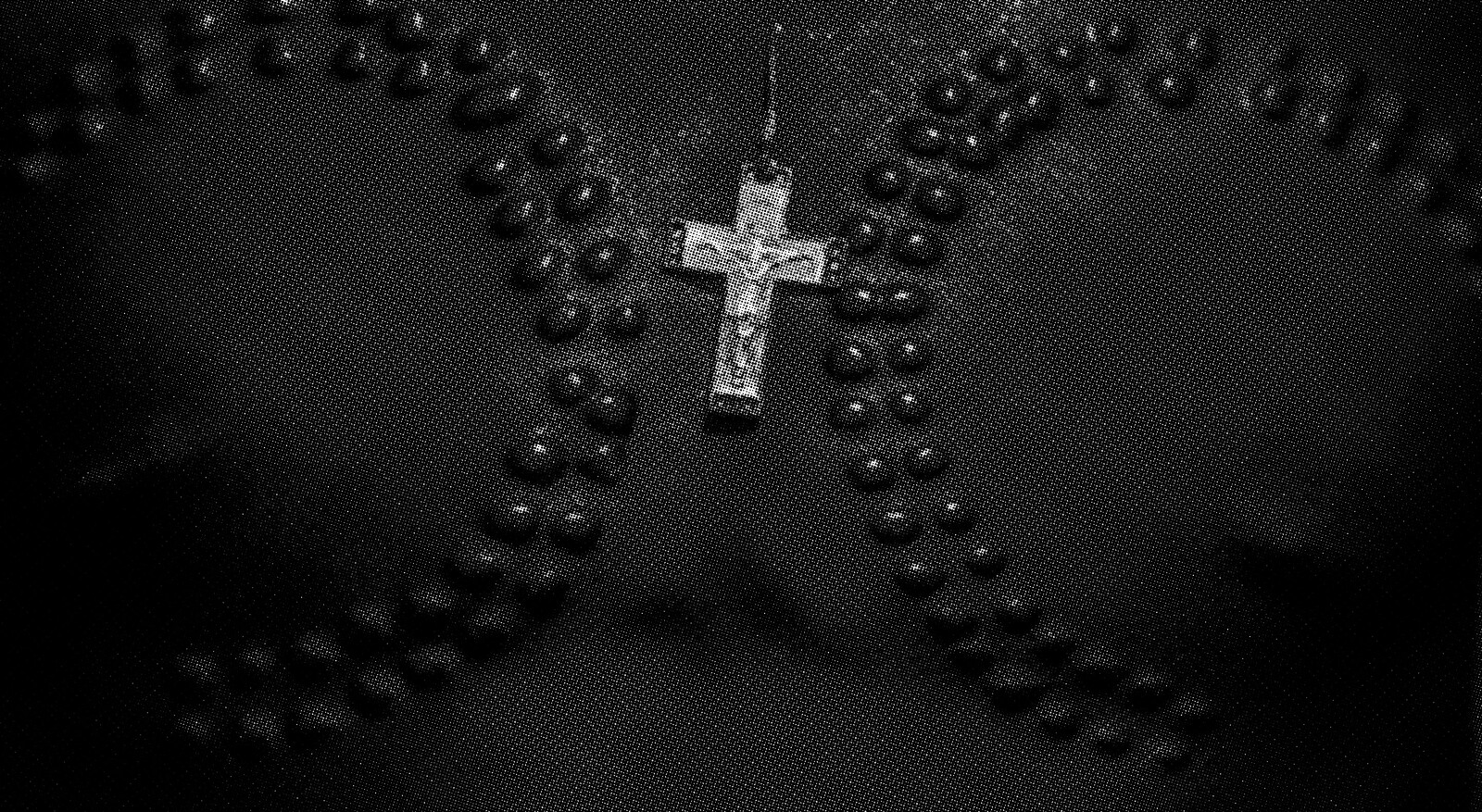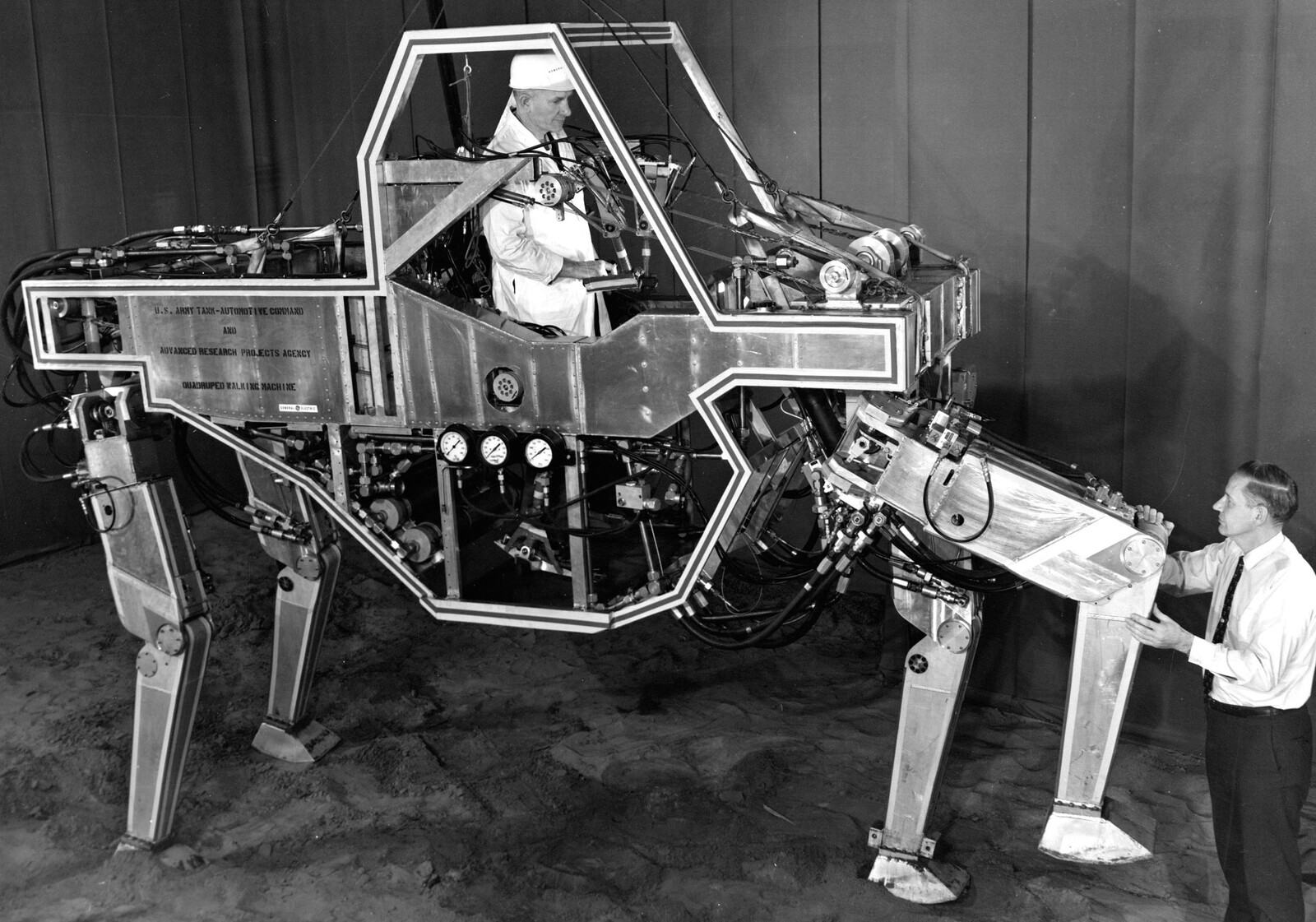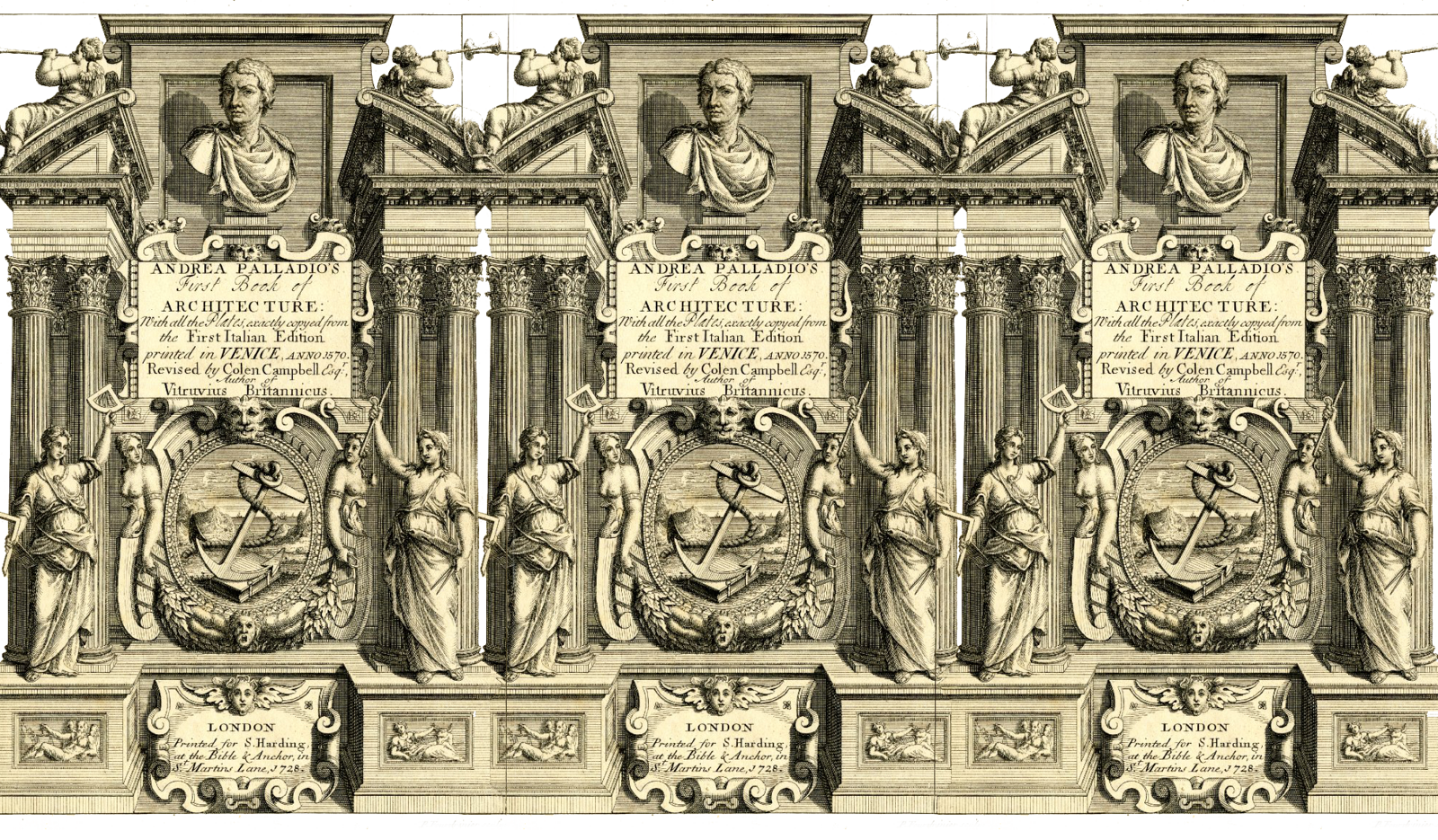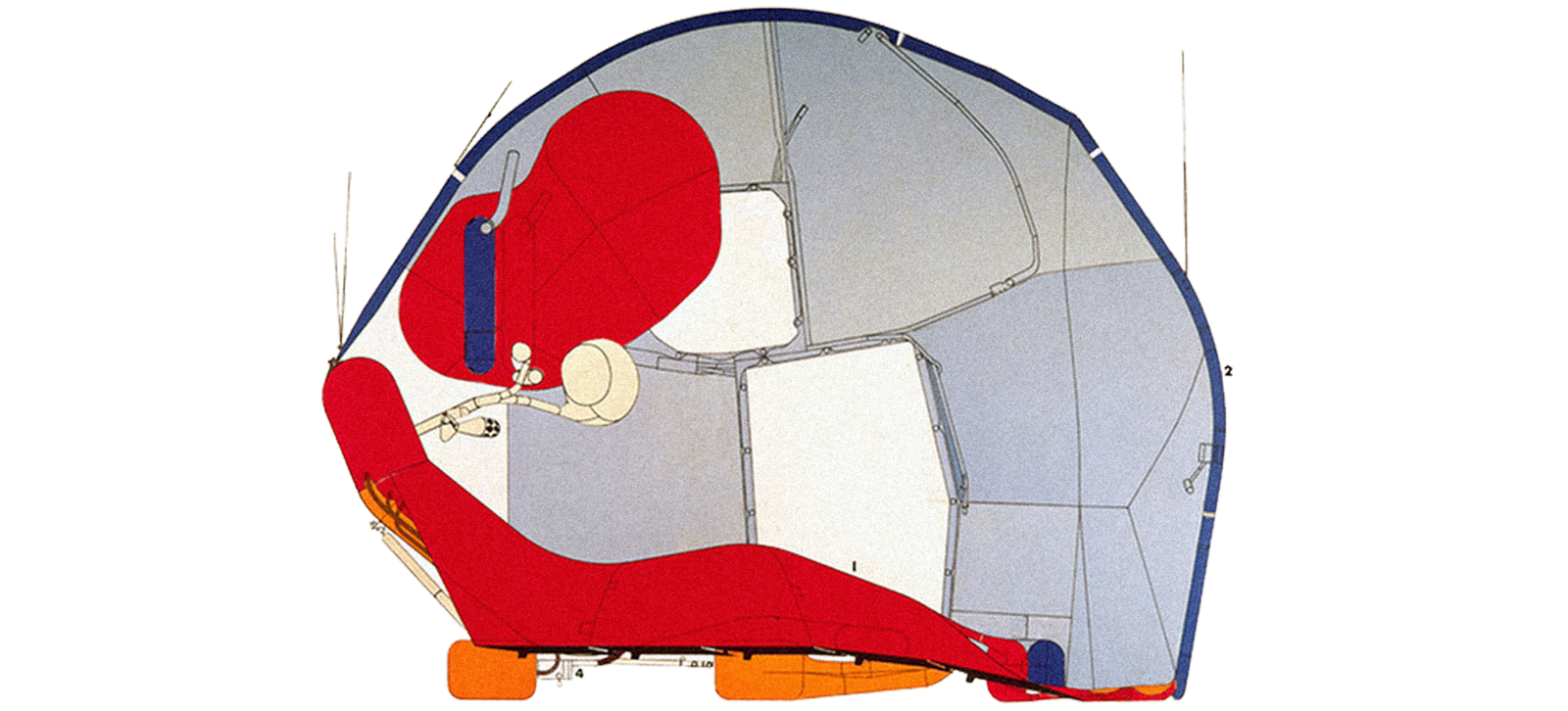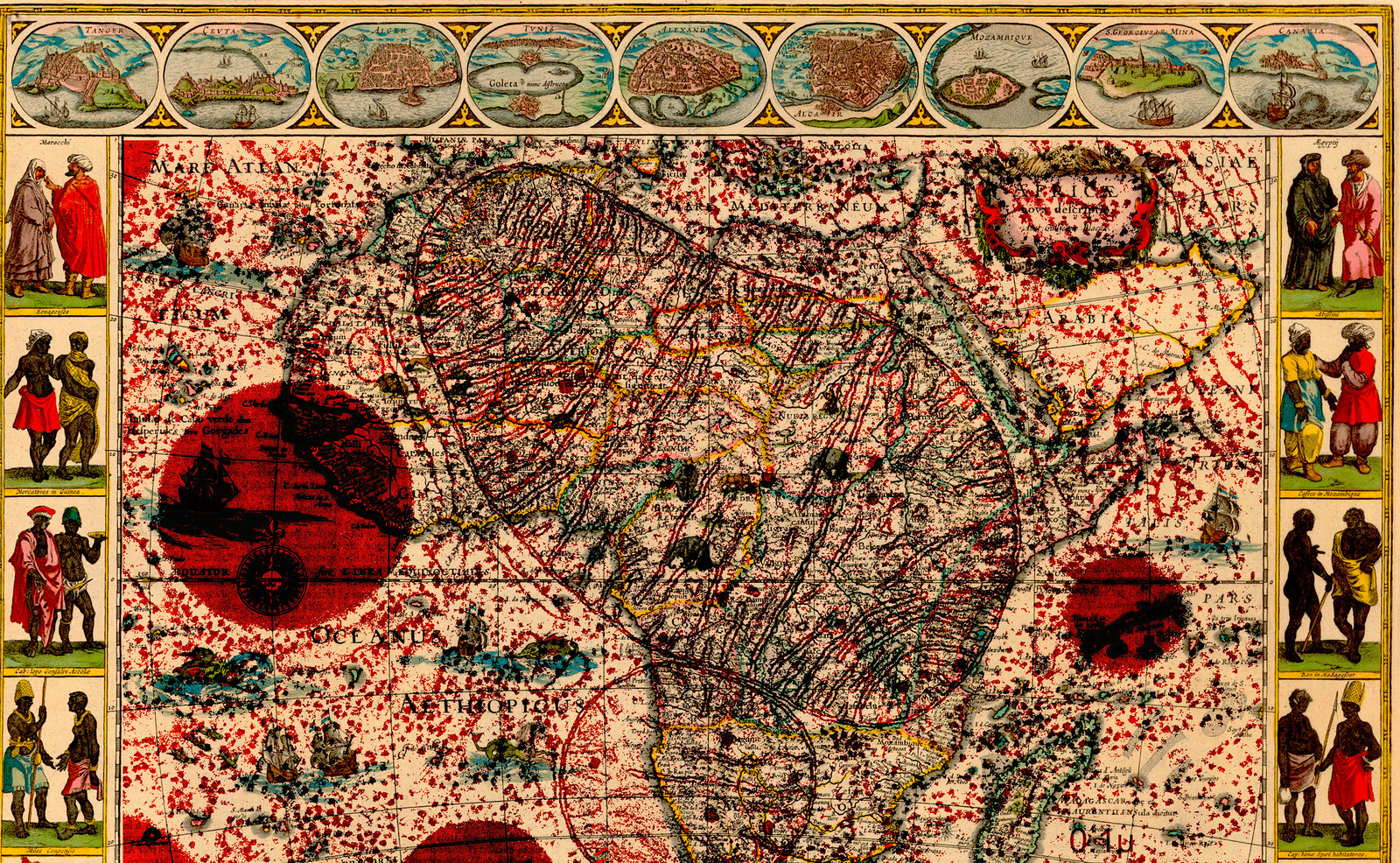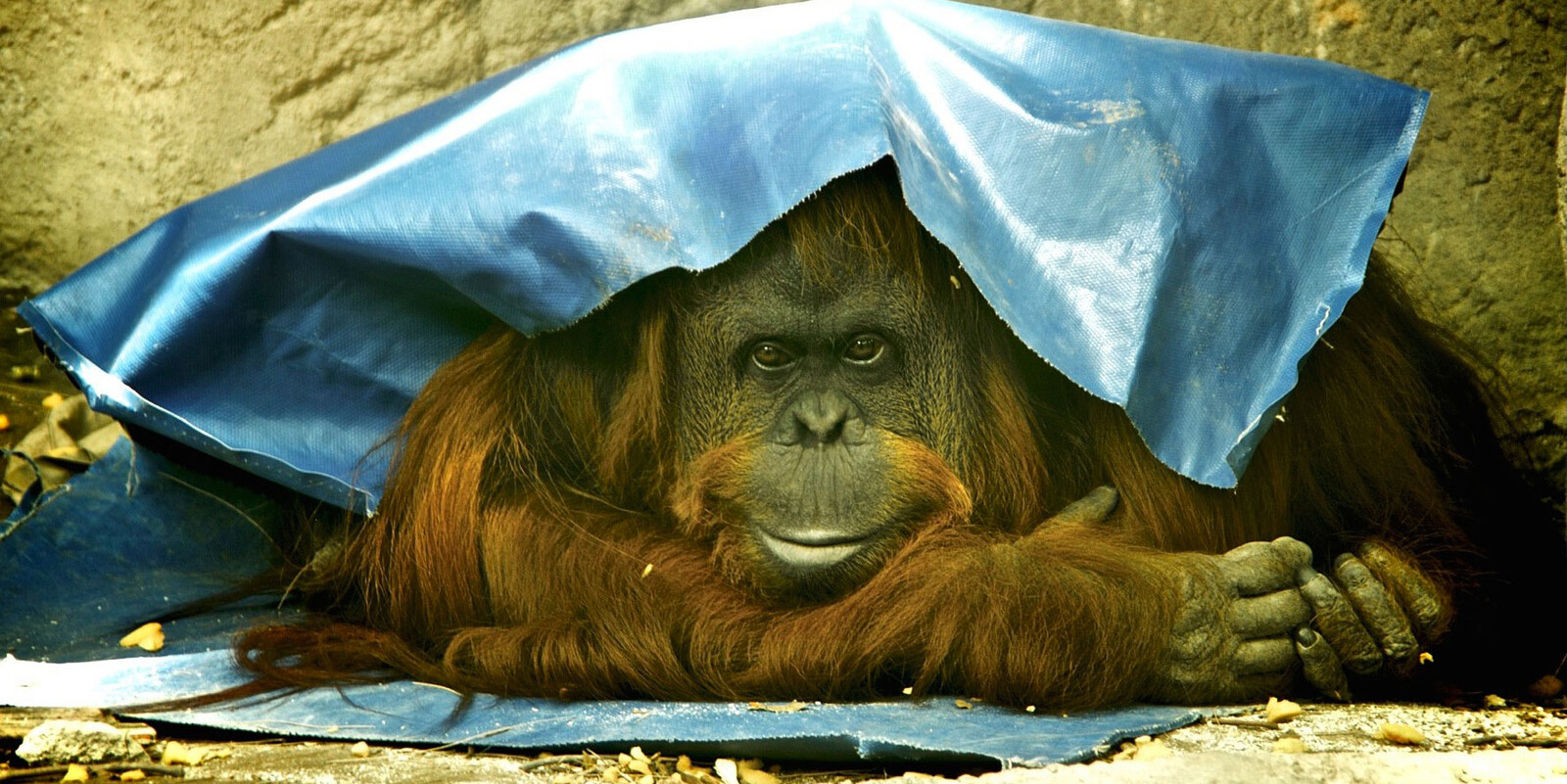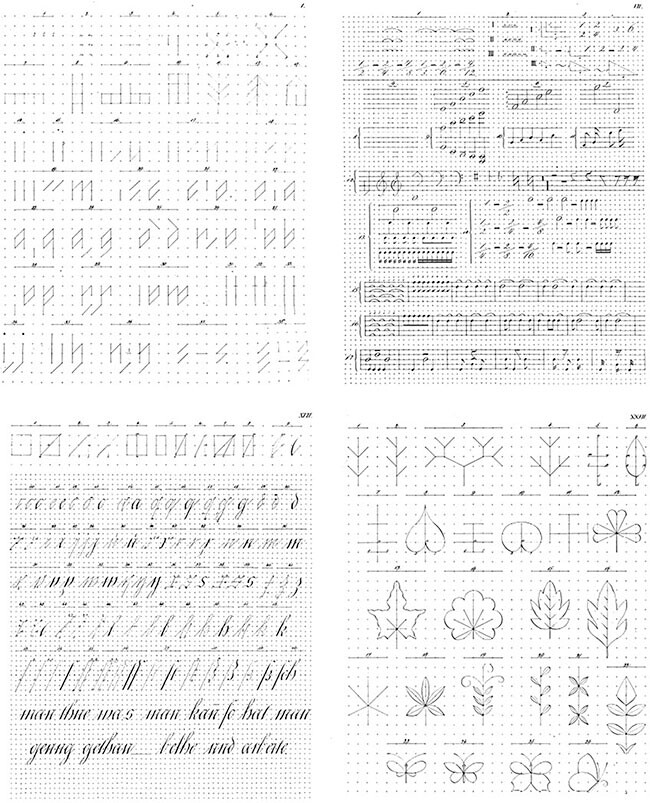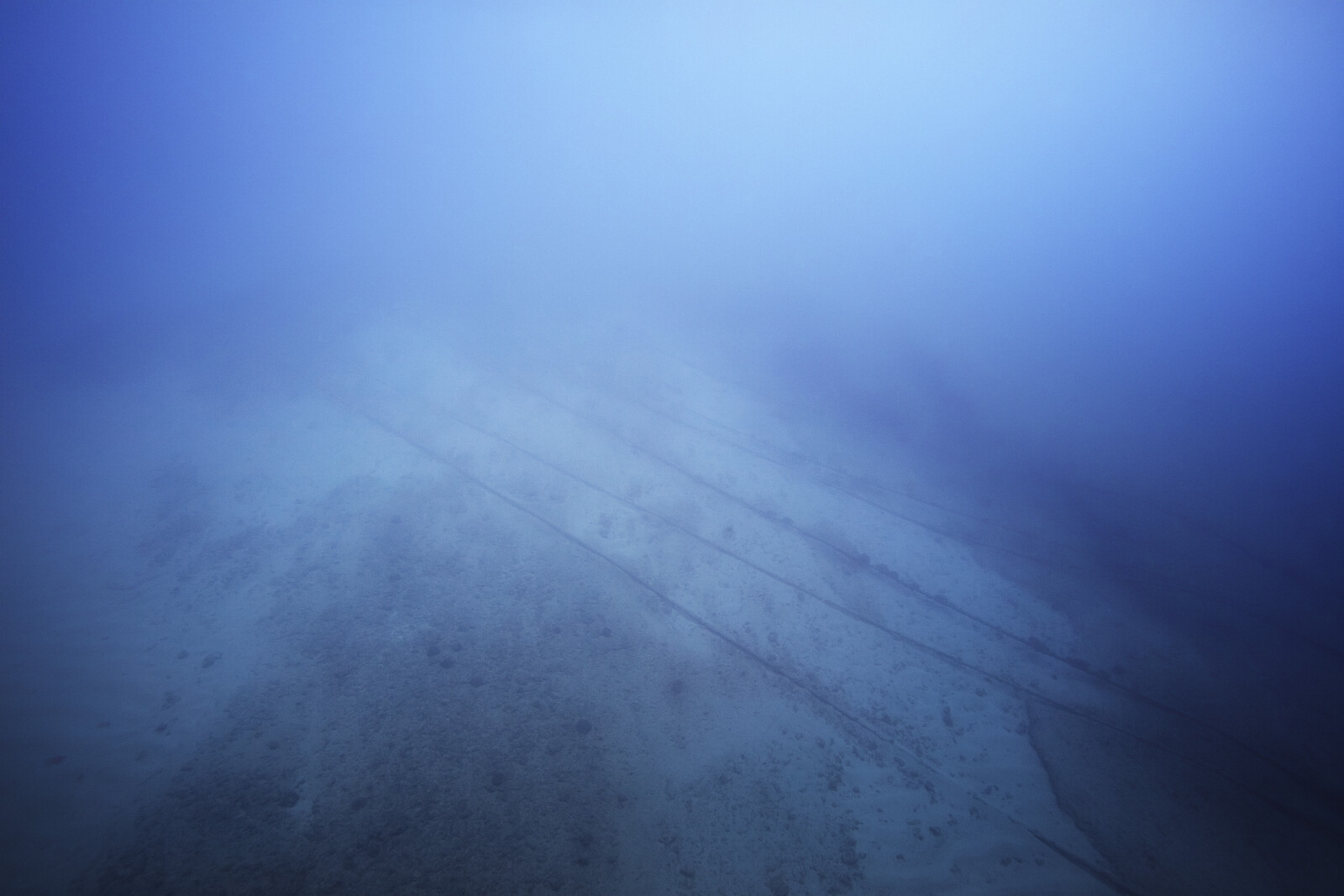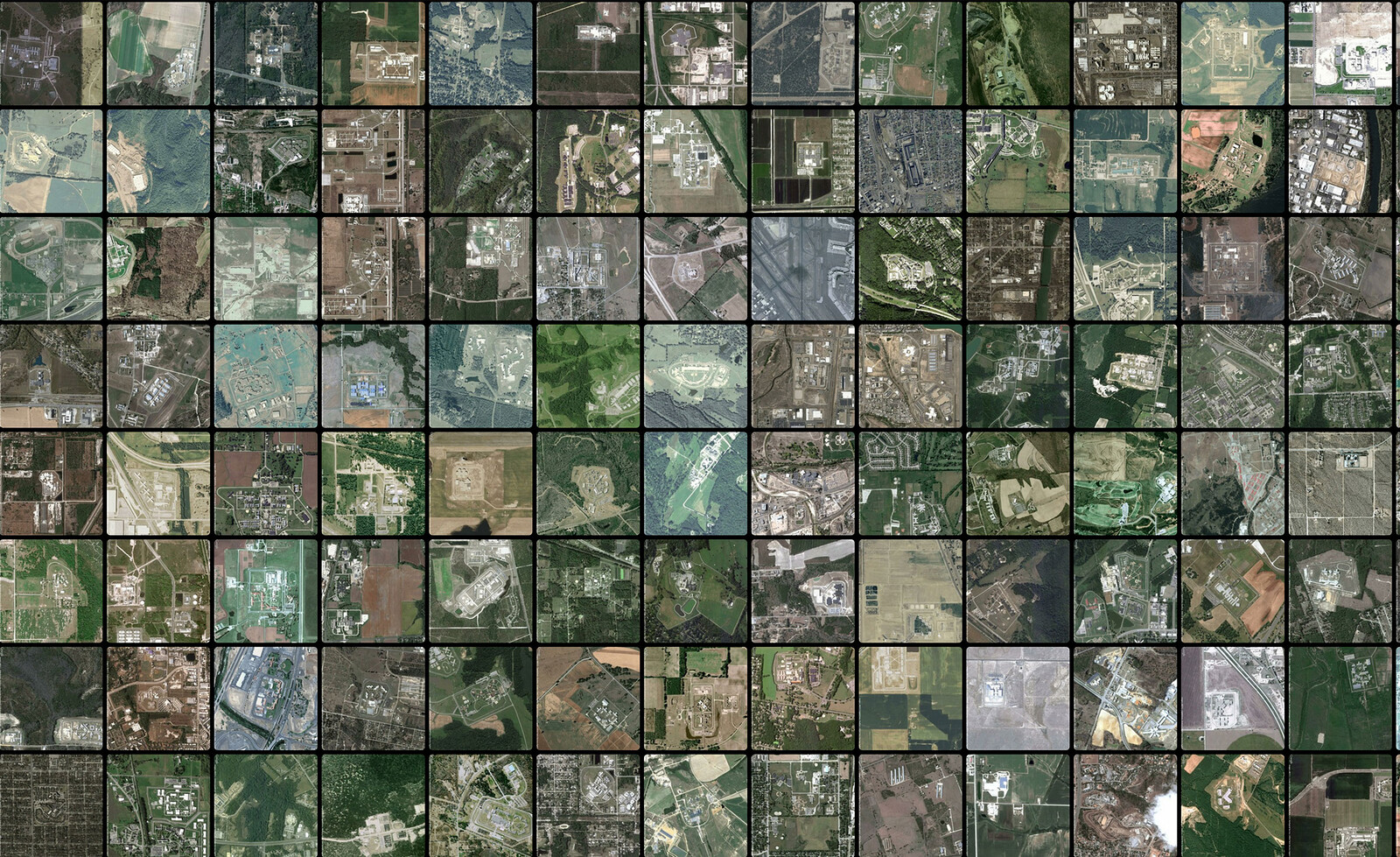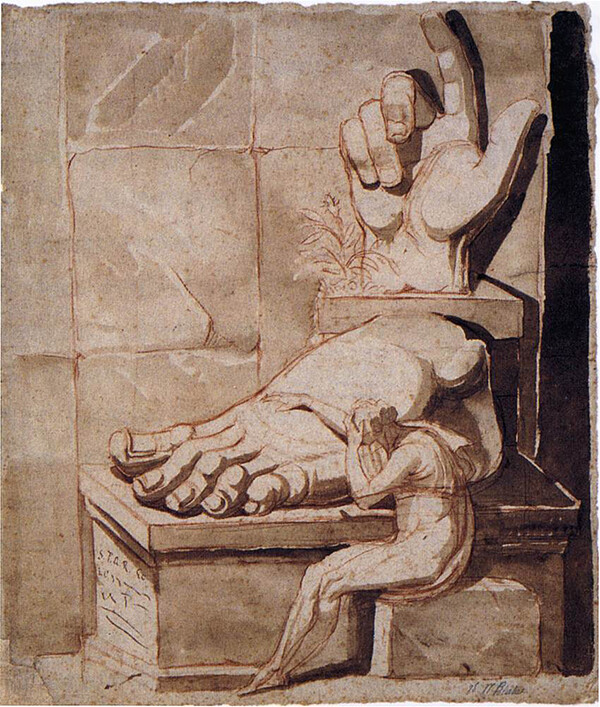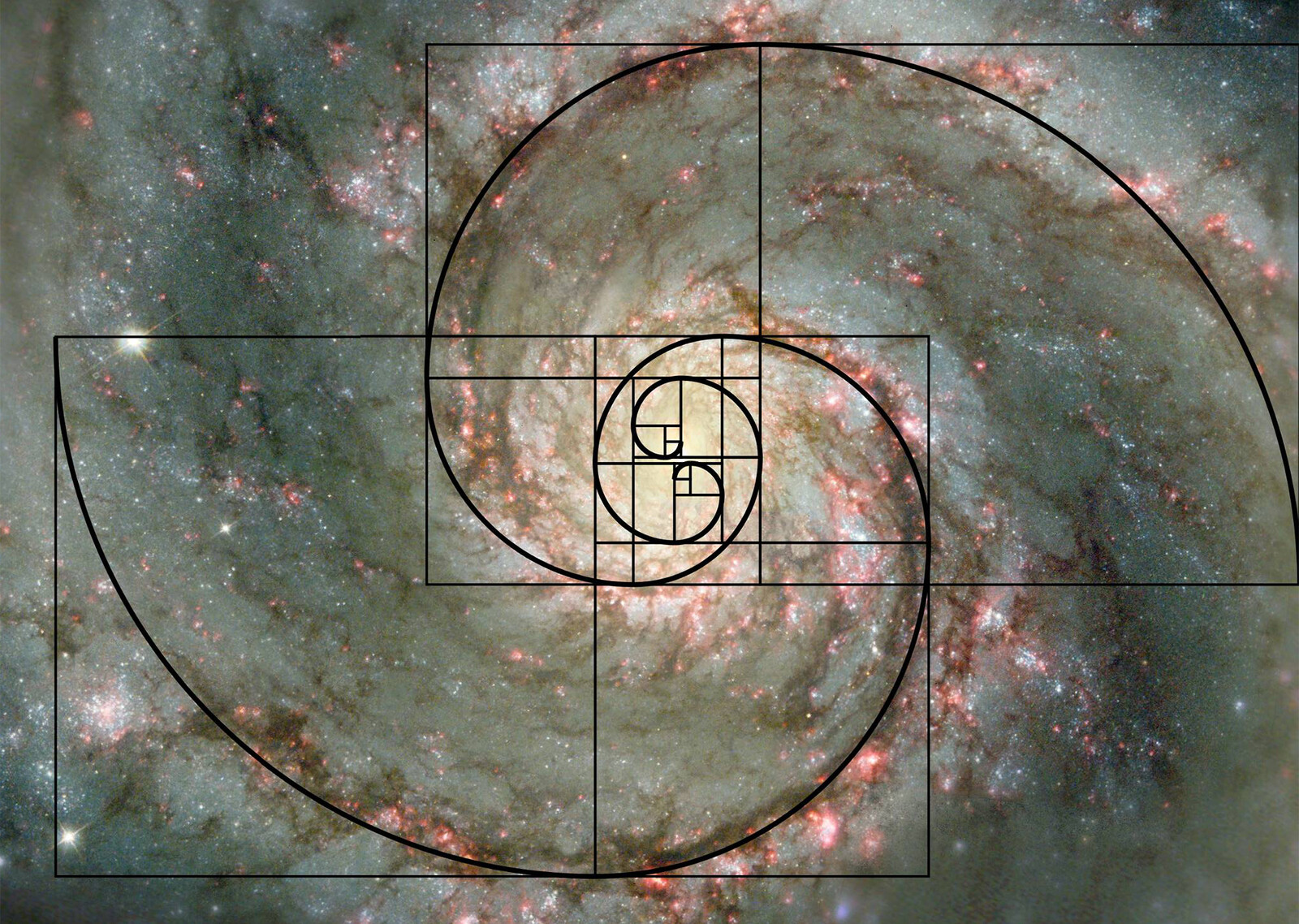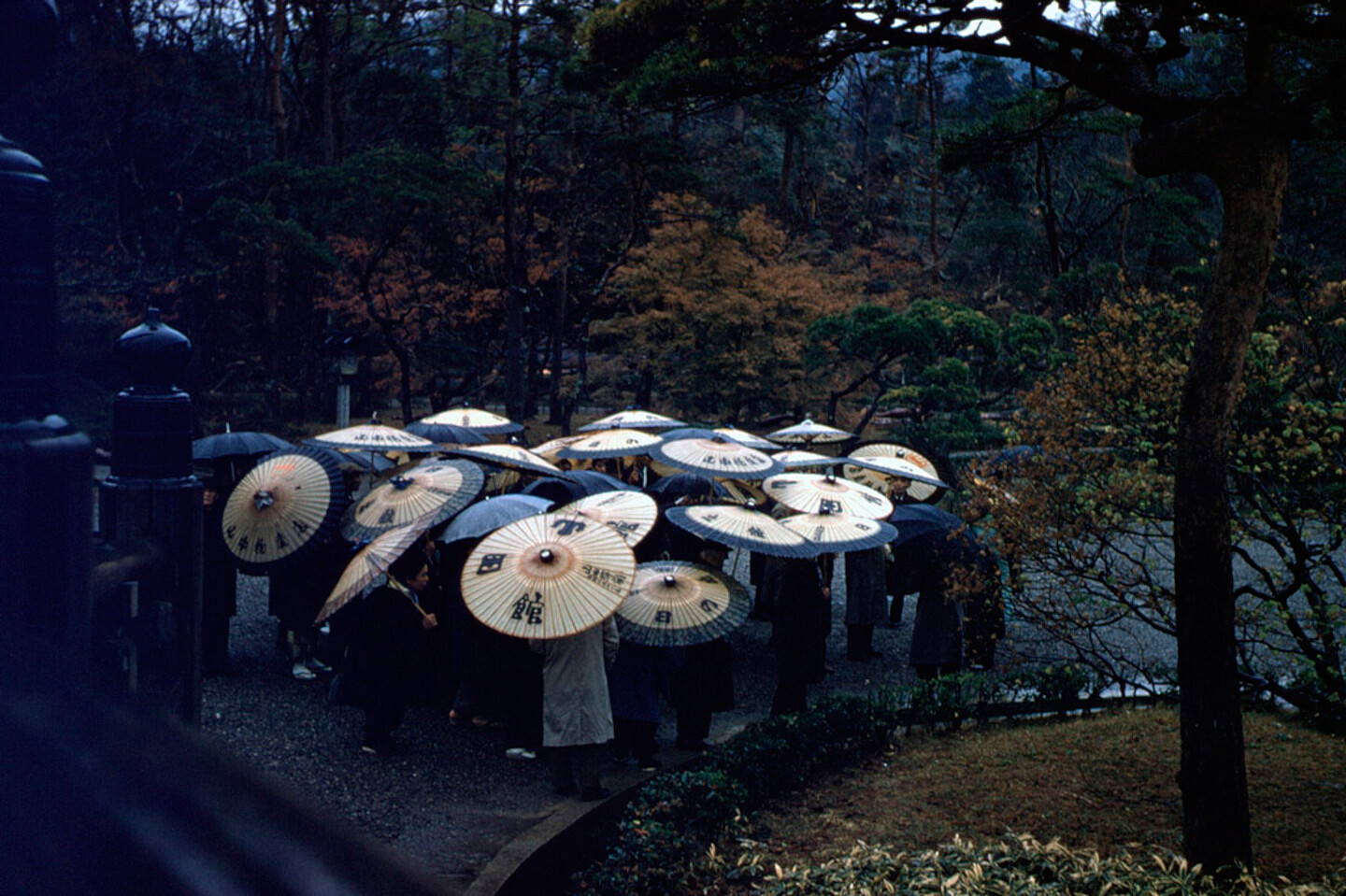It’s just been scientifically proven that ducks have abstract thinking.1 The discovery neither alters nor surprises ducks, since they’ve known this fact, since they are ducks. The discovery just reveals that we, non-ducks, are deeply fascinated by sharing traits that are relevant to our idea of rationality with ducks. If taken really seriously, the discovery is a revolution, marking, in a very nice, duckish way, the impossibility of taking the premises of humanism and humanists seriously. And following this argument, only those who still believe in humanism—and the controlling, man-taming humanists with their corresponding animalistic and technological representations of the world—are going to see this as a minor discovery. Those who are unable to let go of the false contest between culture—simplified to literacy—and the beast—the ignorant—will be unable to embrace these ducks as the true coming of the Übermensch. But don’t dare consider ducks’ abstract thinking as less important than our own! On the contrary, this revelation only shows that animals, to use Nietzsche’s perspective, may be able to perform a maximization of all that is very human. Think about animals—and plants—as beings who bring to light the dangers of the humanistic horizons of sitting and reading and breeding and taming and training. The duck is the Übermensch, who takes into consideration the intimate constraints of our humanistic hopes and opens up a spacious new arena that, in light of the previous long millennia, offers us a (sufficiently) radical suggestion: the encouragement to reflect anew on the need, more than ever, for philosophy. True, this turning-into-others, into animals, this continuous expansion of gender, this impossibility to return to the concept of man as a rational animal, at first unleashes a feeling of decline in awareness as presented by hermeneutical criticality. The fear produces the claim that statements like, “the duck is the Übermensch,” may just be a new twist of a premeditated anthropotechnology in disguise. But if one wants to speak anthropologically, one could say that humans of the historical period were animals, while the animals of today suggest possibilities for future humans.
You might think it’s a trend to embrace them, but it’s a true evolution, one that, once and for all, proposes to challenge the way we see all existing and functioning organs—not just the brain—as producers of a radical mutation of our culturally acquired ideas of experience. There’s undeniably an element of kitsch here, since the jump from one form of life to another is so big that even in literature it’s a difficult illusion, one only achieved by Greek myths or ambitious minds like Kafka’s. How wise it was of Anderson to propose a Little Mermaid; we all imagine her being half fish, half girl, but we should see her fish tale in place of legs and female sexual organs first instead of her little girl’s head. All kinds of ideas related to her not being sexual might appear in that image of her as a virgin-fish, with all the beauty of youth, all the appeal of the female gender, and all the freedom of an animal living in a realm beyond the laws and institutional restraints of the humans’ earth. At least in theory, look more closely at the tale, that fish tale. Having had a normal sexuality and digestion all its life, the mermaid body is now under the pressure of a head that aspires to air and language imposing itself upon the fish tail and its animal sexuality . Why on earth do we think about these two bodies in contradiction? They’re just not. These two creatures together are in fact one, and it is this possibility of merging lives of different kinds that has been announced since ancient times as the very form of future intelligence. We keep reading this story metaphorically, but reading it literally would be a true act of revolution. A revolution that will involve a radical metabolic change with incredible epistemological consequences.
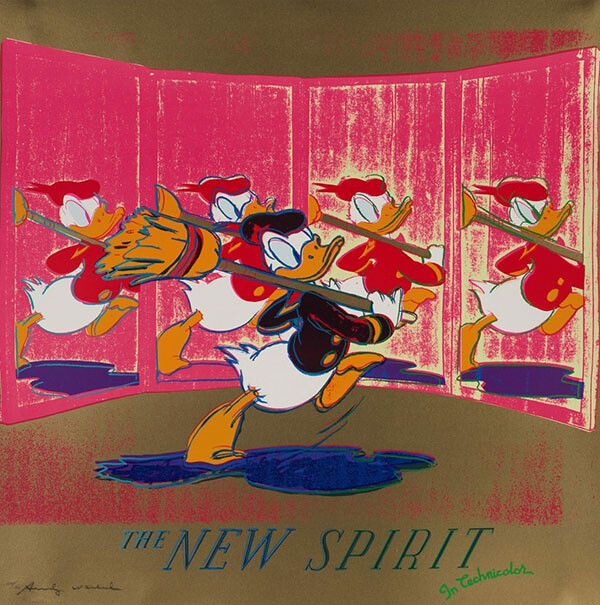

Andy Warhol, The New Spirit (Donald Duck), from Ads (F. & S. II.357), 1985. Screenprint.
I. Hylomorphism
Apparently the architect Louis Kahn once posed the question to a brick, “What form do you want to take?” He used to tell his students:
If you are ever stuck for inspiration, ask your materials for advice. You say to a brick, “What do you want, brick?” And the brick says to you, “I like an arch.” And you say to the brick, “Look, I want one, too, but arches are expensive and I can use a concrete lintel.” And then you say: “What do you think of that, brick?” The brick says, “I like an arch.”2
One might think that Kahn, for the sake of pedagogy, turned his materials into eloquent substances, and that he performed some sort of animistic, ventriloquist theater with a brick in order to stress the importance of change and transformation, but Kahn’s introduction of the brick’s desire into the dialogue between the maker, the architect, and the material also constitutes a critique of the paradigmatic theory of Aristotelian hylomorphism, the theory that describes each body and object as a combination of form and matter. We could enter numerous digressions about what exactly Aristotle meant by this, but to cut the story very short, hylomorphism is the base of our most accepted understanding of unity, and the simple division contains our inherited model of individuation. The philosophical problem of how to account for unity and individuation is a rather obscure and complicated one. One might wonder why it’s even worth considering. Yet Deleuze was captivated by the medieval problem of what makes an individual an individual, and how an individual can be distinguished from other individuals. The aim of the French philosopher was to produce a concept of difference that would no longer be bound to the primacy of identity or representation. For Aristotle, matter was a substance in search of a form, and form was not whatever form but an intrinsic feature that can be inscribed or even re-inscribed in matter. But Deleuze was committed to the thesis that identity is just a product, and representation just an effect. In Difference and Repetition he argues that in post-Darwinist biology, the individual precedes the species, and that species are just populations.3 Here, Deleuze stresses that we need a dynamic conception of individuation. In other words, we need a concept of individuation that relies on a continuous process and not on an intrinsic feature of an individual.
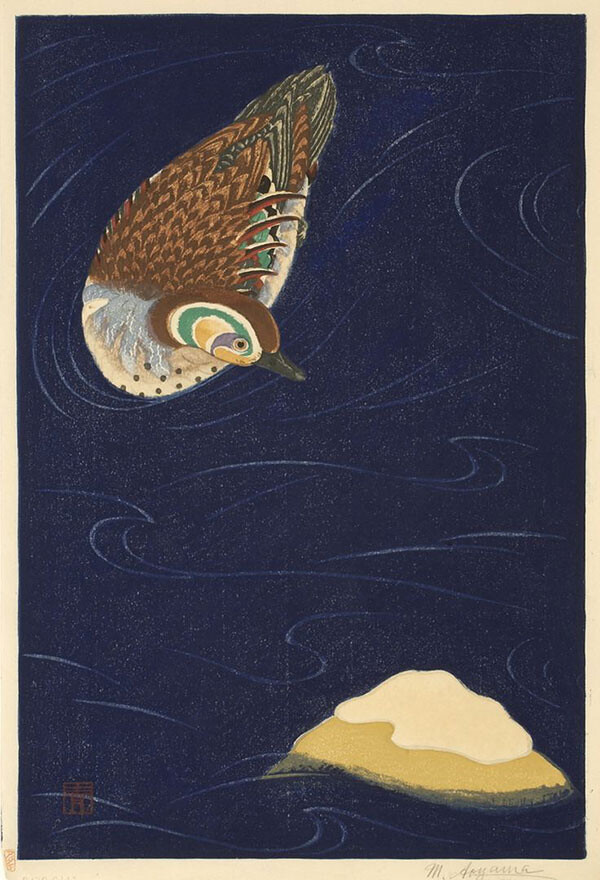

Seiji Aoyama, Untitled (A duck and snow-covered rock), date unknown. Woodblock
II. The Cloud
Federico Manuel Peralta Ramos (1939–1992) was an Argentinian artist of the 1960s generation who captured my attention with the large egg—titled Nosotros afuera (We, the Outsiders)—he produced in 1965 for an exhibition at the Torcuato Di Tella Institute in Buenos Aires. Peralta Ramos was awarded a Guggenheim Fellowship in 1968, and he became famous for having used the scholarship funds to organize a splendid dinner with friends at the Alvear Palace Hotel—still an emblem luxury in Buenos Aires—and to acquire artworks by the most successful artists in the society of his time (to please his family, he claimed, who could relate to the new artistic languages emerging at Di Tella). I recall this anecdote here because one might think of it as a performance, or as Peralta Ramos’s very personal take, as he stated, on merging art and life, but in fact this recollection marks an interesting division. On the one hand, it embodies the awareness of Peralta Ramos and his art far beyond his local context: the Guggenheim Fellowship marks the coming-into-the-present of the artist not only in his country, but his “synchronization” with the art of today; his identity as an Argentinian artist became equal to “an artist.” However, that dinner at Alvear—that incredibly bold gesture of generosity and disregard of money as potential matter that may serve him well in the process of becoming even more of “an artist” and produce more artworks—put into reverse Peralta Ramos’s very synchronicity with the art world, sending him back to the “past.” His expectations did not match those of the American institution, and so he was to “remain” an Argentinian artist.
It is interesting to think about the desire for recognition and visibility as similar to a process of transubstantiation between a local time and place—the here and now—and another time and place that is “bigger” or “larger” or just more universal, to borrow modern terms. Peralta Ramos, however, found a way to escape. In 1969, the artist started to sing and perform on TV shows, and, in 1970, he recorded what he calls his non-figurative songs: “Soy un pedazo de atmósfera” (“I am a little piece of atmosphere”) and “Tengo algo adentro que se llama el coso” (“I have something in my innermost called the thingamajig”). He once said he wanted to become a cloud, and added “a little piece of atmosphere.” Becoming atmosphere is even better than becoming a recognized artist; it is far more complex, literally far more universal, and far more defiant of any theory of difference and individuation. One might say that the cloud, or atmosphere, has long been both an image to express an organ of sentiment and, at the same time, part of the painterly effort to address space, mass and mood. Indeed, Peralta Ramos was trained as a painter, but wanting to become a cloud is wanting to abandon any idea of a solid body, of sharp visibility, of clear distinction. Becoming atmosphere—and not even the whole but a “piece”—challenges us with a mysterious volume without surface and embraces indeterminacy as the one and only identity.
III. Indeterminacy
For decades artists have understood that the only way to regain an understanding about form demands losing it completely. The renewed interest in becoming a cloud or a rock or a plant or a turtle is an interest in separating identity from identification. I still remember my surprise when, ten years ago, I met two artists in two different latitudes proposing to get into somebody else’s body: Eduardo Navarro, in Buenos Aires, and Roberto Cuoghi, in Milan. During one of my first conversations with Eduardo years ago in 2005, he told me about how he once dressed up as “fat” young person on a group tour to spot UFOs in the north of Argentina. I remember meeting him in his studio, and him explaining his decision to join the already established group that met regularly and organized trips to experience extra-sensorial life, to wait for UFOs. In a quiet voice, Eduardo explained how he couldn’t go on the trip as “himself,” so he decided to create a costume, an inflatable dress, which made him look very overweight. It was a radically naive attempt to become another person, but what I like about it is its total absence of ambition to make it look “realistic.” But why become “fat”? One simple answer: Fat was the way to win more space between the artist and the others. He not only told me about the long sessions of invoking spirits and looking for signals, but also how they found him too weird, too awkward, despite the fact that they were all open to the extra-sensorial. The group thought he didn’t belong, and yet the artist was far from an impostor or a spy. If infiltration was his goal, he could have done it better. Instead, pretending to mutate into somebody else turned empathy into a radicalized performance, testing the many ways we need to exercise the human capability of training our senses differently.
Not long before this meeting with Eduardo I met Italian artist Roberto Cuoghi in Milan, who told me about a similar pursuit. In 1998, at the age of 25, Cuoghi attempted to take on the appearance of his father, who was becoming seriously ill. Within just weeks, Cuoghi transformed himself into an old man. In an attempt to accelerate biological time, he gained forty kilograms, dyed his hair white, grew a long beard, and began to dress and behave like his father. Neither enacting a performance nor wearing a disguise yet existing somewhere between fiction and reality, Cuoghi maintained this new persona for years. And although he created no artworks about it, news of Cuoghi’s attempt to “life-share,” to duplicate and consequently prolong his father’s existence, spread by word of mouth until it passed into art-world lore. Cuoghi’s imitation survived the original, but his body paid a high inheritance tax: When his father passed away, the artist began to reverse the premature aging, but the stress he had subjected himself to over the years rendered the process extremely slow and painful, even necessitating surgical operations.
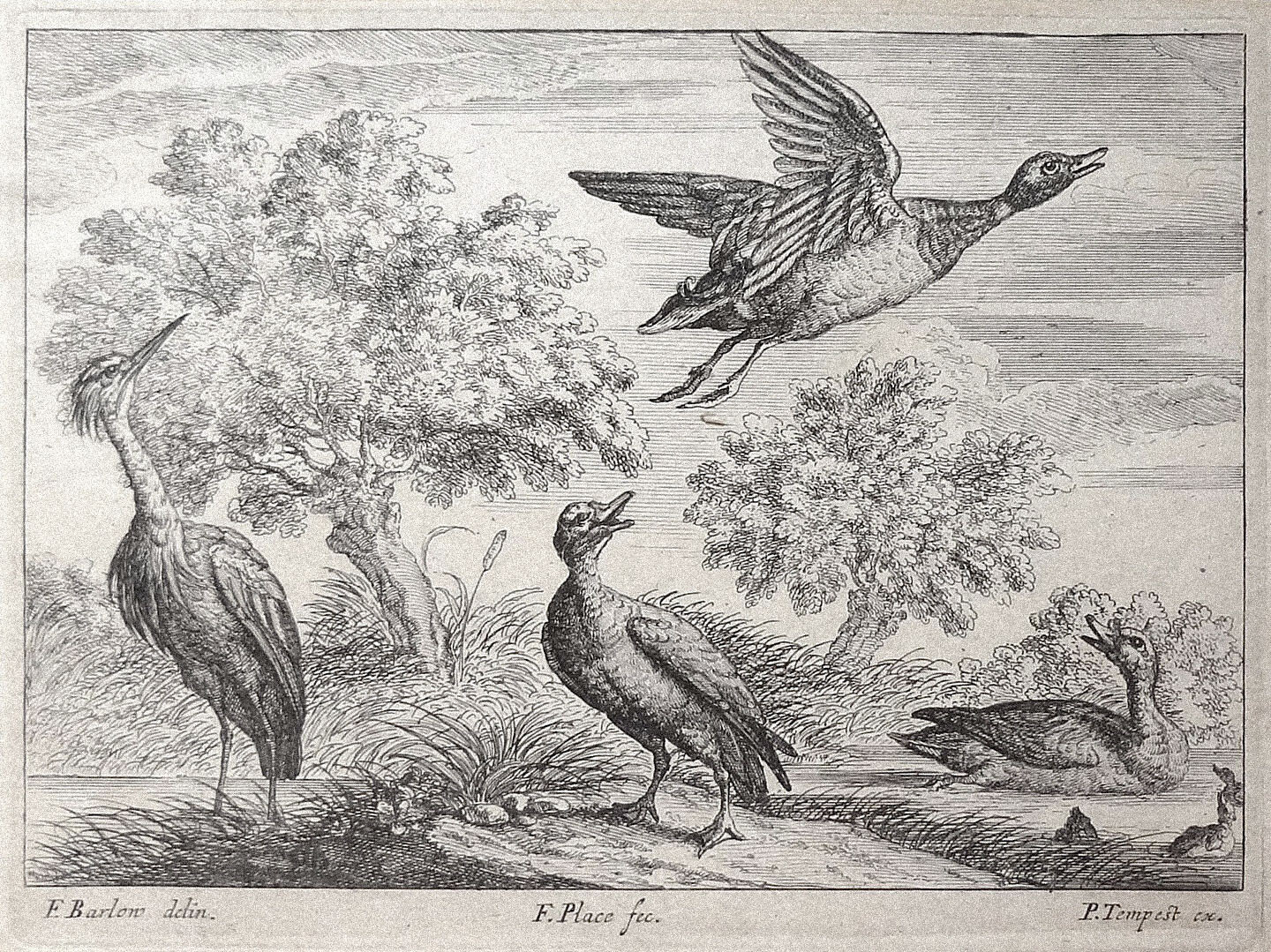

F. Place, A Heron and Ducks by the Water’s Edge, ca. 1690. Engraving after F. Barlow. Photo: Wikimedia commons/Wellcome Foundation
IV. Quī Fuit Rāna, Nunc Est Rēx
As in gender and biology, all these projects reveal an art movement to move away from essentialist ideas of what we and things are, which can only be contested by a radical expansion of what we can feel or sense, since it is in the senses that thinking breathes. But they also represent a powerful attempt to contest and overcome solitude, a funny word, which I associate with form. Even more so, I pair solitude with modernity; it is a projection of course, but in my imagination the modern condition implies isolation, autonomy, absorption, solitude. The modern spirit says that the “good” thing is a separate thing, a particular, a body, a fortress, a nation-state. It is this logic that we need to contest, the logic of an undisturbed solitude. Our solitude cannot but be disturbed and start a radical process of mixtio, allowing forms and bodies and formats and languages and genders and nations to blend. Solitude needs to learn how the “entering” of one another is possible. We fear that in this process of fading individuality there will be no becoming, no future. Indeed, we will (yet already) need a totally new concept of the social in order to understand a notion of life in which we recognize that what we share with others is not our individualities, but our singularities. In other words, we need a concept in which the social does not rest on a contract, but on an experiment with what precedes both the individual and collective forms of life.
To play with the idea that a duck or an octopus or any non-human form of intelligence is what Nietzsche meant by the Übermensch is to reject anthropodicy and to negate the humanist paradigm aimed to establish a distance between the human and all that is dehumanized. Art is our chance of imagining this form of a de-centered perception system; it enables us to sense the world in ways beyond language. Art is the thinking duck. It transforms of our way of conceiving the social, its institutions, and the hope we all have for perceptive inventiveness and a more complex notion of experience. Traditionally, we are the ones who perceive art, and art is the provider of that particular experience that surpasses all other experiences without resembling any of them. Yet we can still think and judge when perceiving art. Separation and difference is key to a centralized way of sensing that still allows for distinction and the valuation of everything that touches our skin.
The history of aesthetic experience is the history of solidification, of a materialistic idea of the production and possession of a certain determinate feeling that we can both isolate thought and communicate socially. Aesthetic experience is like a rock and its enemy is liquid, fluidity. It is said that all began in water, and indeed, it took us centuries to control our relationship with fluids. The history of hygiene is not only the history of epidemiology, but also the history of a strong—and necessary—boundary-making between the body and fluids. The history of these norms that prohibited us to “be fluid” is the history of governance. It is illegal to urinate or defecate in public, or to throw unclear water on the streets; condoms are used to prevent semen from entering the body of another. These are ways to draw boundaries, to understand our body as a container that is separated from what is outside of it, from others. But this does not only include the toilet or the condom or the hygienic pad or systems of sanitation; aesthetic experiences are also part of this economy of cleanliness and separation, of objects and bodies that evoke a more pristine, unpolluted kind of experience. I used to love the writing of Zygmunt Baumann, until he also started to elaborate on liquid as a problem. Baumann illustrates liquid as a trait of our post-capitalist condition, but not as the necessary opening of boundaries of identity and the body. Instead, he explains it as a new return to a Sisyphean condition, only now instead of a solid rock, we spend unending hours digitally tasking with smartphones and computers. Baumann’s hero is condemned to texting and internet dating. In his words, the liquid modern is forever at work, forever replacing the quality of relationships with quantity.
It’s a pity that Baumann sees the problem in the streams of water and fluid and the indistinctiveness between us and machine. His perspective is similar to complaining about new generations being “absorbed” by screens or not being able to read linearly. But things are only this way because we invest so much in a technology that allows us to break the straight line. To navigate today is to move and flow in a complex stream of text, to engage with a collage of words, phrases, and images that make some people believe we are losing our focus. Philosopher Vilém Flusser is one of the few who thinks positively about this abandonment of the line, of definitive forms. In 1988 Flusser visited the Ars Electronica festival in Osnabrück, Germany, where he gave an interesting interview in which he tells how words simply cannot describe the world anymore. He explains how we are at the end of a single code: the alphabet. The alphabet was not only a radical invention that—more than 3,500 years ago—provided a unique code to form words and describe reality, but it was also at the core of the genesis of our notion of “historical time.” The end of the alphabet’s hegemony implies the possibility of finally embracing a “broader” stream. Here, knowledge gets its form not from a single argumentative and critical logic, but from a dance of a million entanglements and ideas and materials that compose a convoluted new ocean of knowledge. We are not ready to take this as it is now; we first need a different notion of the sensual and the senses, as well as different hypotheses to link biological organs with material and technological ones.
There is nothing metaphysical or magical or esoteric or even irrational in a potential return to a defense of liquidity. It merely designates the happy difficulty we have with amorphous life and our fear of being gobbled up by it. Culture has expressed this fear many times, and it was probably the seventeenth-century French humanist François Rabelais who articulated it best. In his literature, Rabelais stressed two key notions for the time to come: extravagance and the importance of unintelligibility. It does not work to take Eduardo Navarro’s artistic attempts too seriously. There is a brutal lightness in the way Eduardo proposes to be a turtle, and even more so in becoming an octopus (a later work with 80 dacers he did recently) , because it is something bigger, it makes him need other humans to volunteer to become one with him; it is Pantagruelian and beautifully extravagant. His imagination and the ability for others to participate in it are motivated by an out-of-proportion kind of humor; otherwise he would be just another power-seeker leading a group into a conversion that will transform nothing but life into its eventual destruction. It is very radical to invite someone to become an octopus, and even if it’s thought of as a fiction, a temporary metamorphosis, its effects and the power of the transformation will never be known until you actually do it.
Eduardo’s octopus is not the same as that incredible animal living under the sea, but imagine the thoughts of each and every individual attaching to each other. Imagine being hungry and not being able to stop and eat or even claim hunger because—once attached to that enormous body that exercises synchronicity—it is unempathetic to drawing attention to just one small stomach. There are at least eighty stomachs in this octopus, one hundred and sixty ears that hear differently, eighty noses that smell differently, another one hundred and sixty eyes that see the body, the structure, space, light, forms, textures differently. Think about how many square meters of skin and millions of nervous terminations this “dry” octopus has. The complex intermingling in becoming-mollusk is some sort of simultaneous self-discovery and discovery of the animal. I quote Michel de Montaigne on the “life” of the male sexual member in order to explicate and defend this thesis:
How often do the involuntary movements of our features reveal what we are secretly thinking and betray us to those about us! The same cause that governs this member, without our knowing it governs the heart, the lungs, and the pulse, the sight of a charming object imperceptibly spreading within us the flame of a feverish emotion. Are these the only muscles and veins that swell and subside without the consent, not only of our will, but even of our thoughts? … How much more justifiably can we brand [our will] with rebellion and sedition, on account of its constant irregularities and disobedience! Does it not often desire, to our obvious disadvantage, what we forbid it to? Does it let itself be guided, either, by the conclusions of our reason? In short, I ask you on behalf of my noble client kindly to reflect that, although his case in this matter is inseparably and indistinguishably joined with that of an accomplice, nevertheless he alone is attacked, and with such arguments and accusations as, seeing the condition of the parties, cannot possibly appertain to or concern the said accomplice. Wherefore the malice and manifest injustice of his accusers is apparent.4
Let me appeal to your sense of humor to pair this movement below with the rationale that Montaigne so well describes with the intention to transform into an octopus. “Metamorphosis” implies fluidity, liminality, and processes of change. As a scientific term, it characterizes the abrupt biological development of a species after hatching or birth. This idea of an in-between space or state of growth, transition, and transformation has captured the imagination of philosophers, poets, and writers throughout history. In rejecting essentialist fixed identity categories, feminist scholars too have sought to understand how gender intersects with other identities, paying attention to how these are performed in and through gendered bodies.
Antone Martinho III and Alex Kacelnik, “Ducklings imprint on the relational concept of ‘same or different’” in Science Vol. 353, 6296 (15 July 2016): 286–288.
Louis Kahn, quoted from My Architect: A Son’s Journey, directed by Nathaniel Kahn (Louis Kahn Project Inc., 2003).
See Gilles Deleuze, Difference and Repetition (1968), trans. Paul Patton (New York: Columbia University Press, 1995), chapter 5.
Michel de Montaigne, Essays (1580), 42-44.
Superhumanity is a project by e-flux Architecture at the 3rd Istanbul Design Biennial, produced in cooperation with the Istanbul Design Biennial, the National Museum of Modern and Contemporary Art, Korea, the Govett-Brewster Art Gallery, New Zealand, and the Ernst Schering Foundation.
Superhumanity, a project by e-flux Architecture at the 3rd Istanbul Design Biennial, is produced in cooperation with the Istanbul Design Biennial, the National Museum of Modern and Contemporary Art, Korea, the Govett-Brewster Art Gallery, New Zealand, and the Ernst Schering Foundation.





